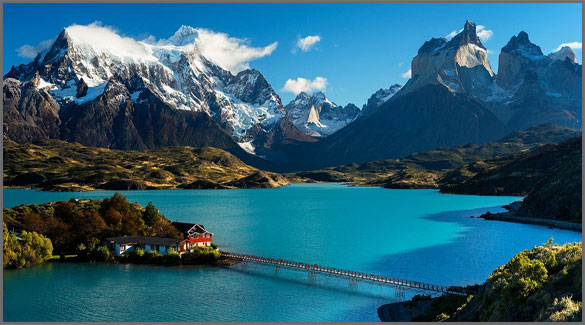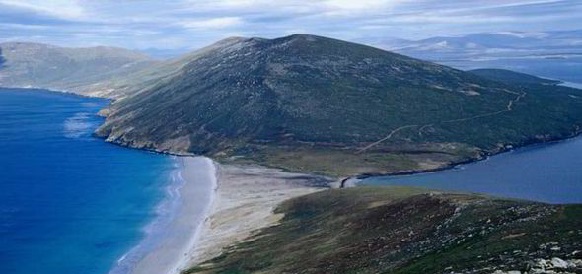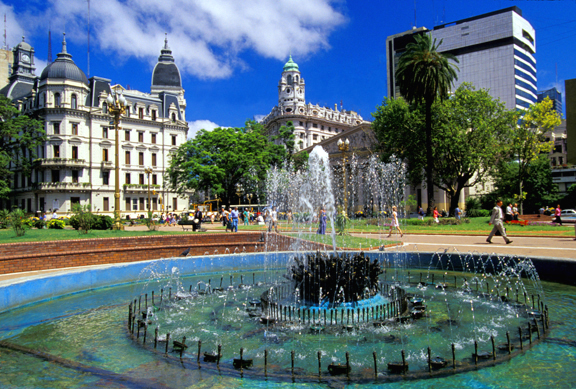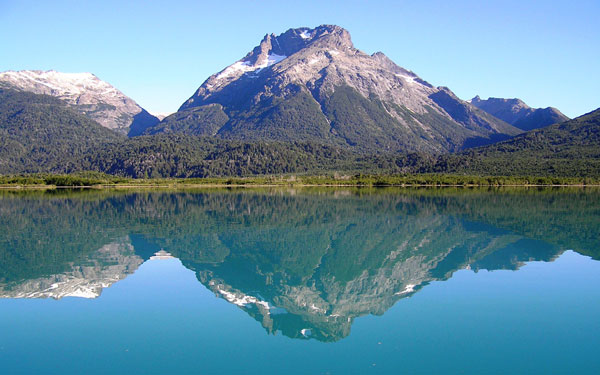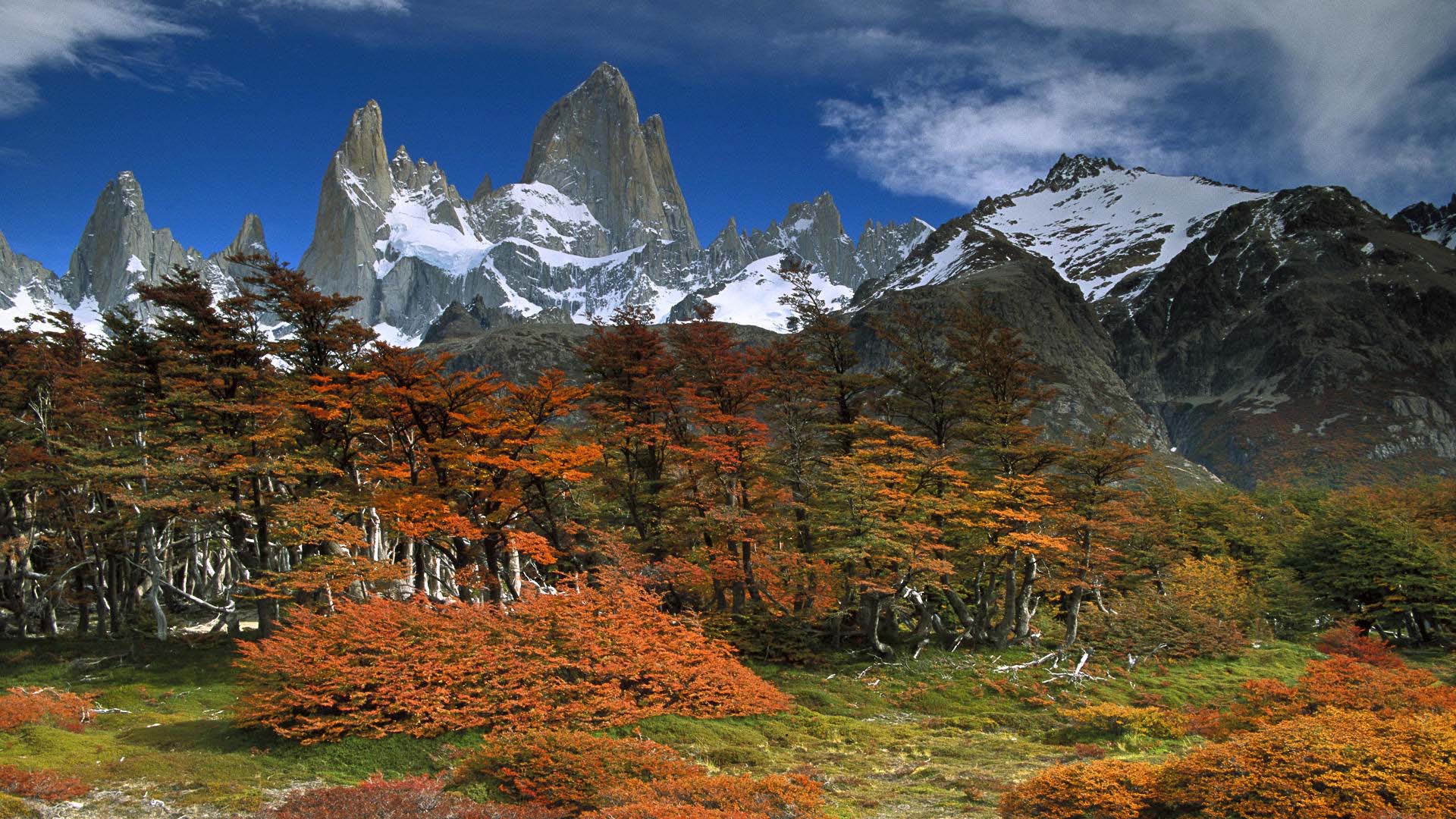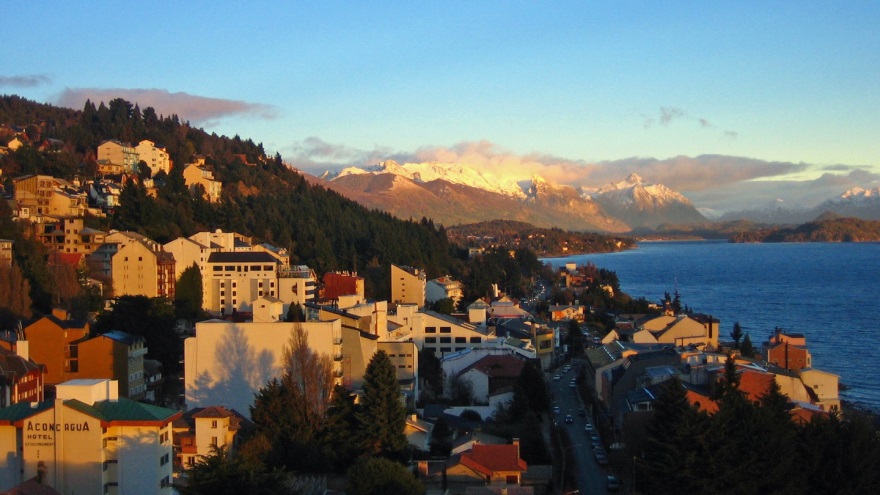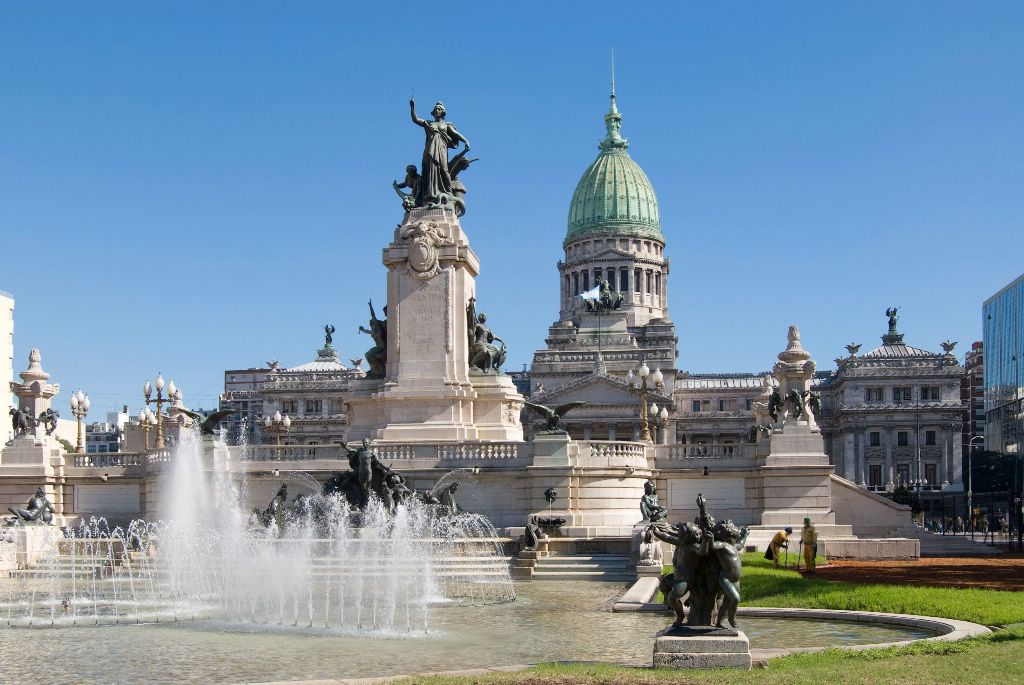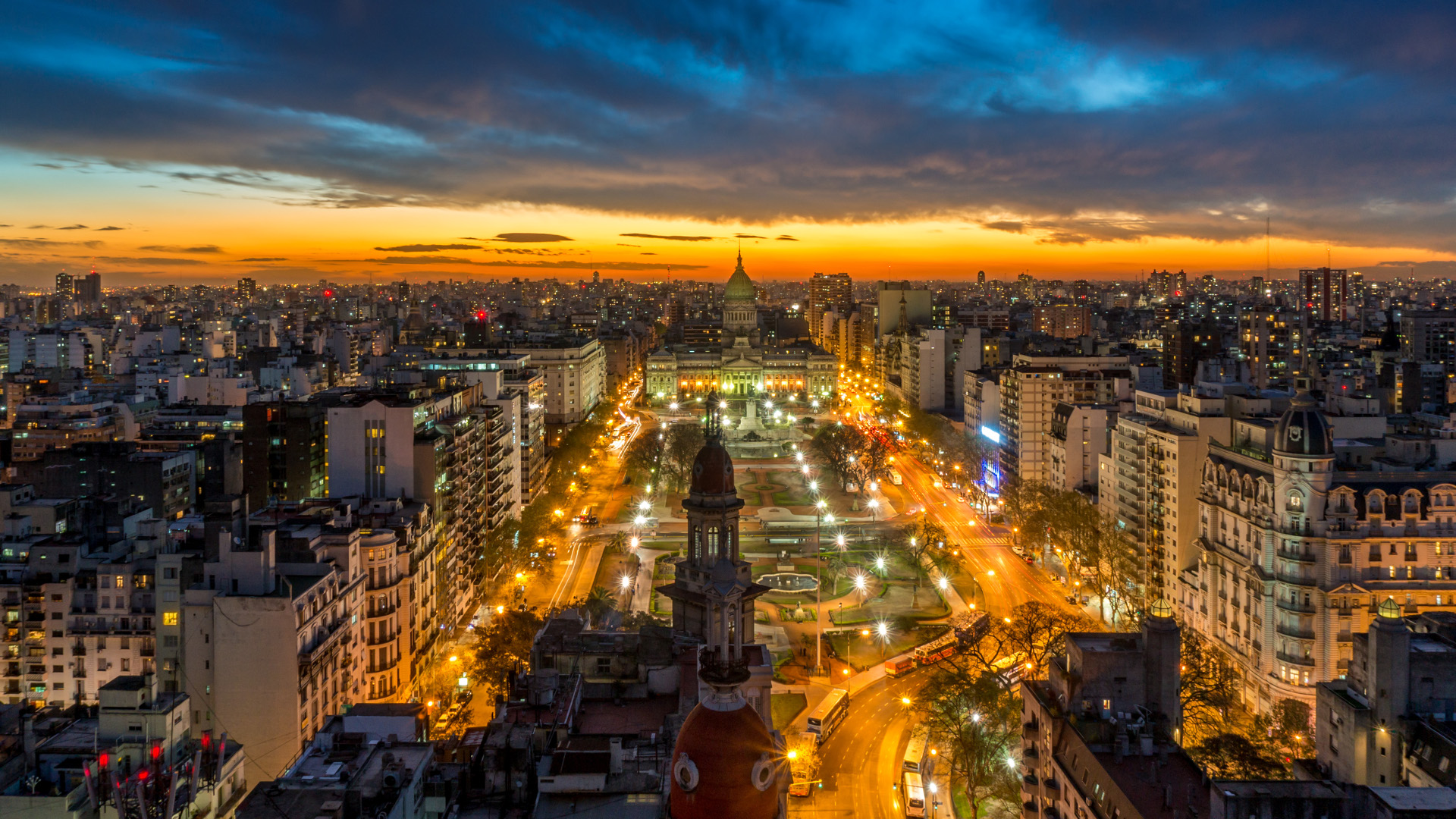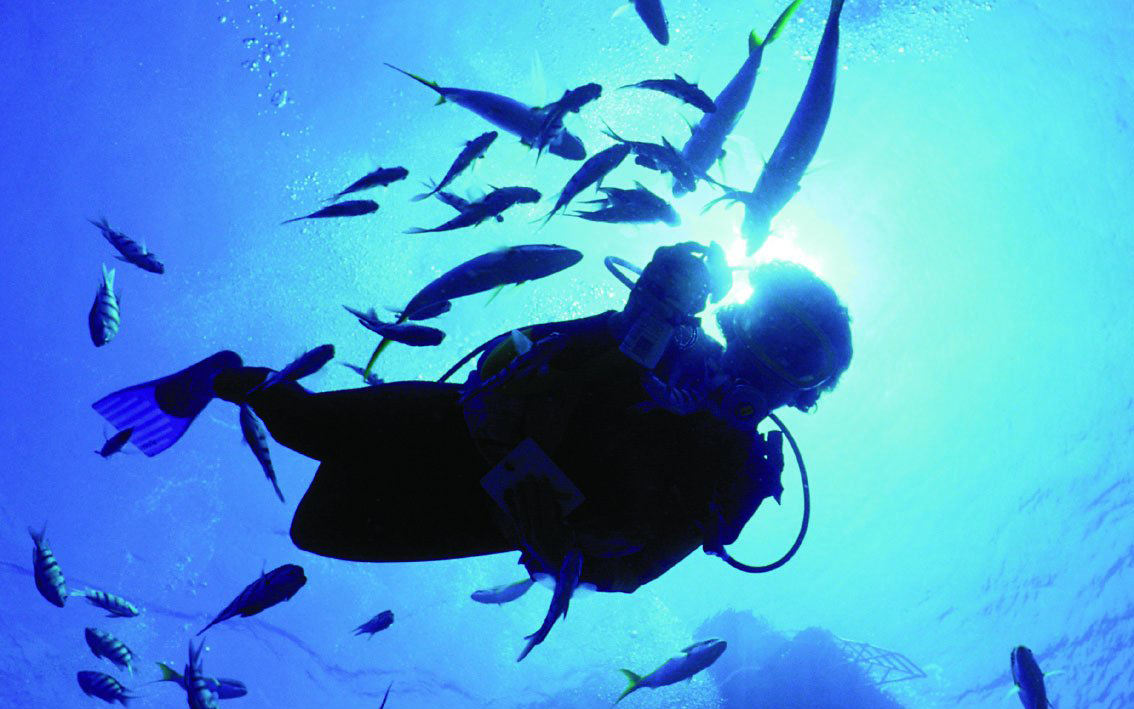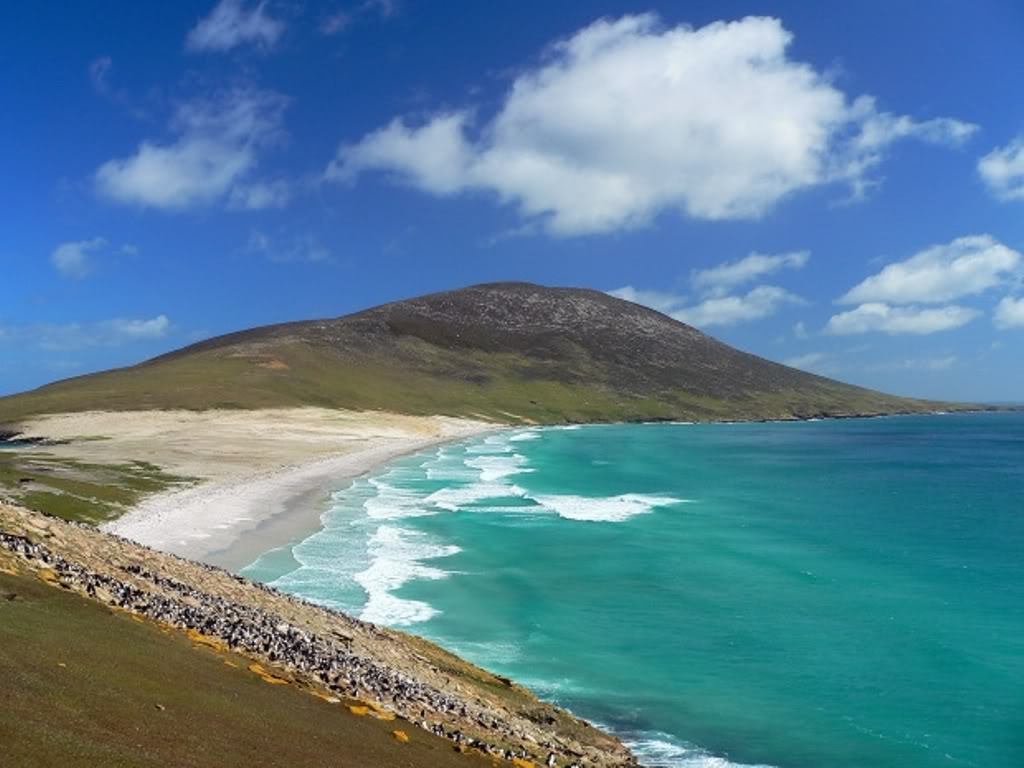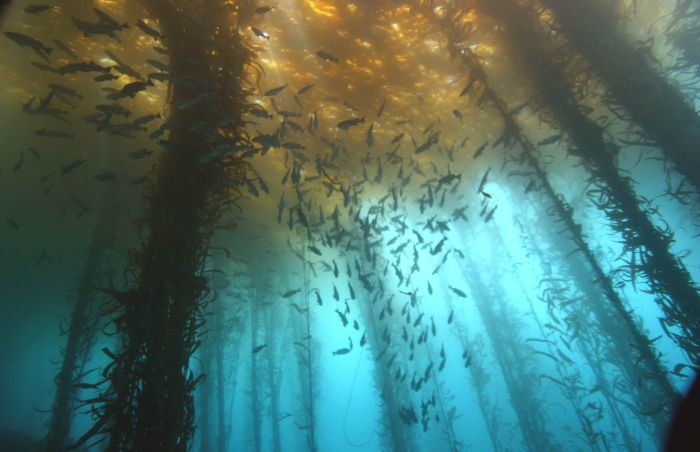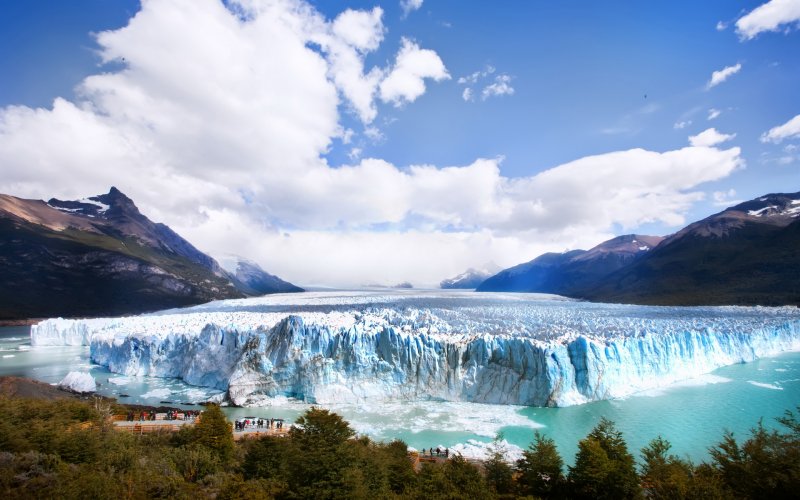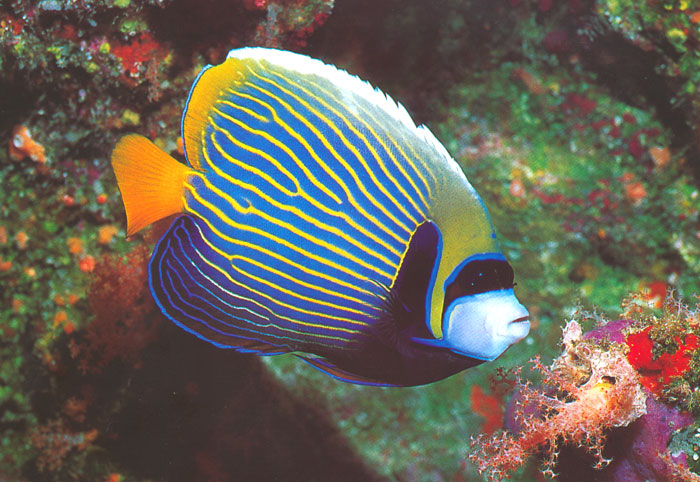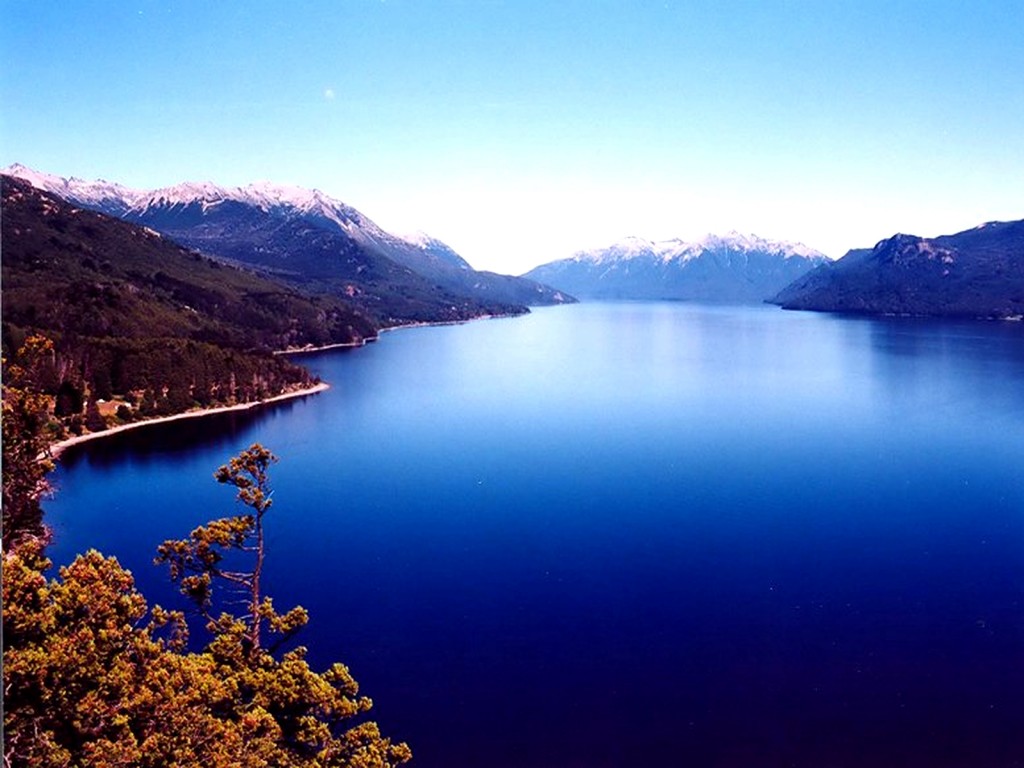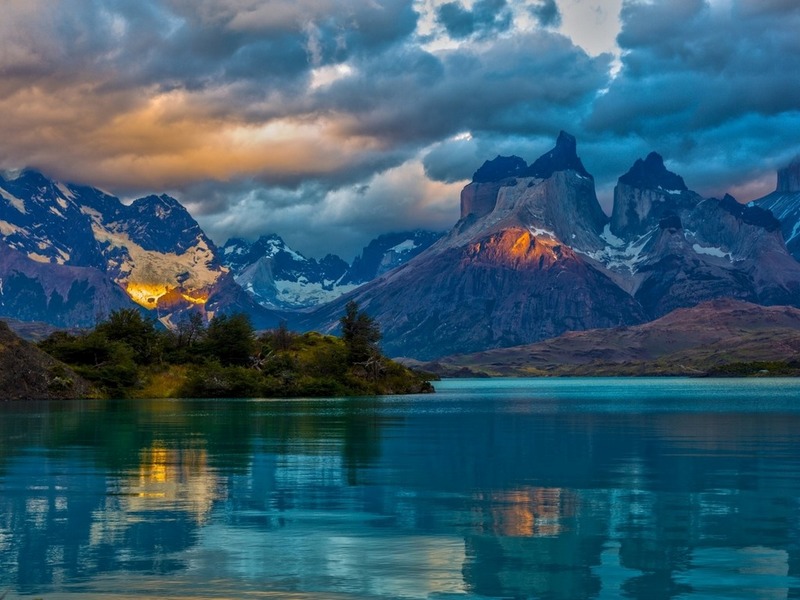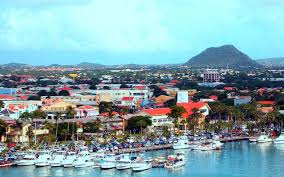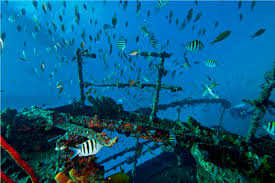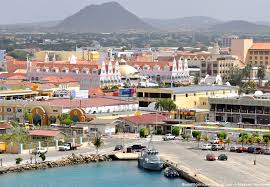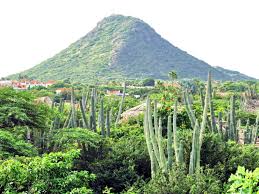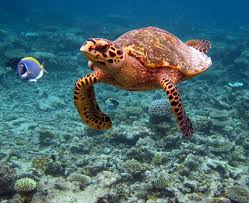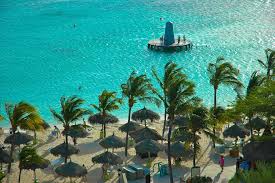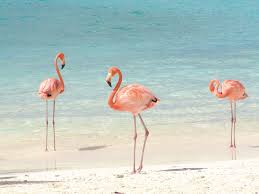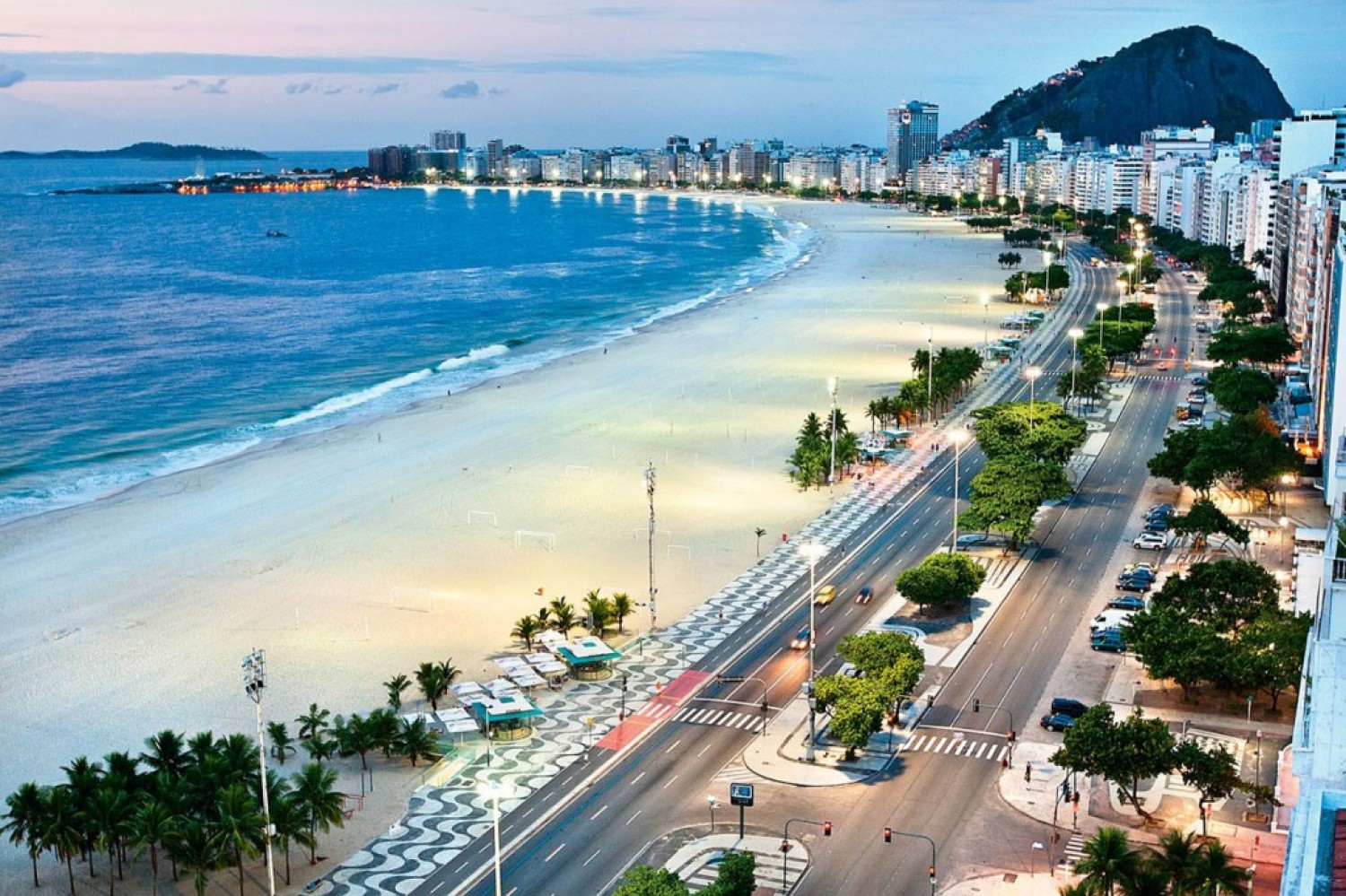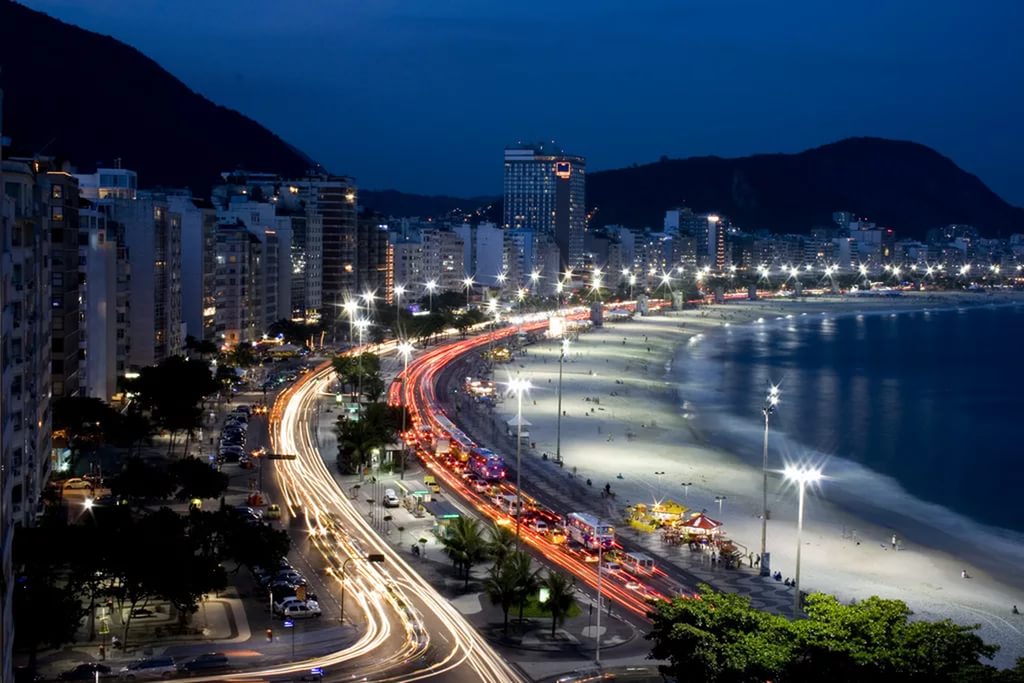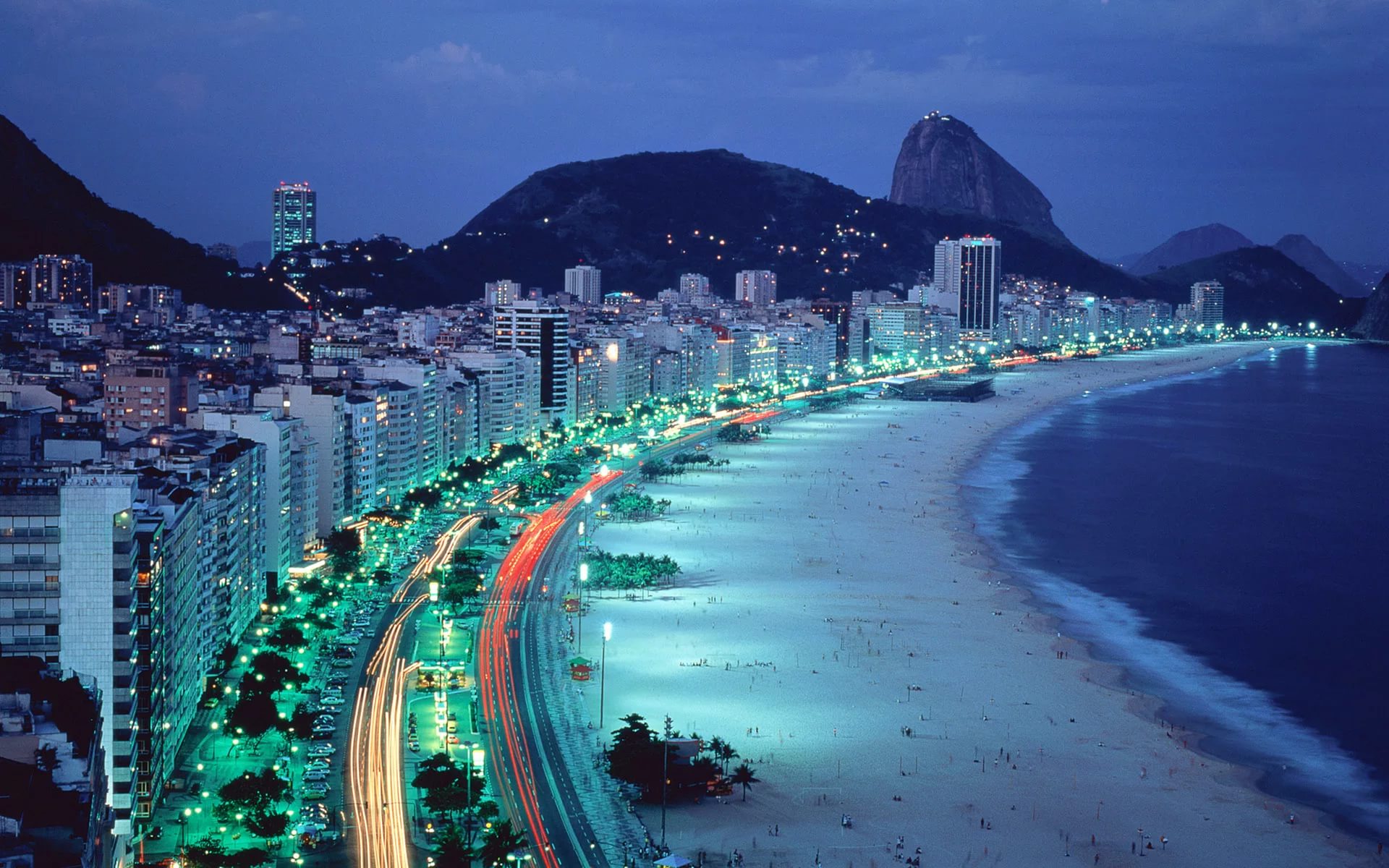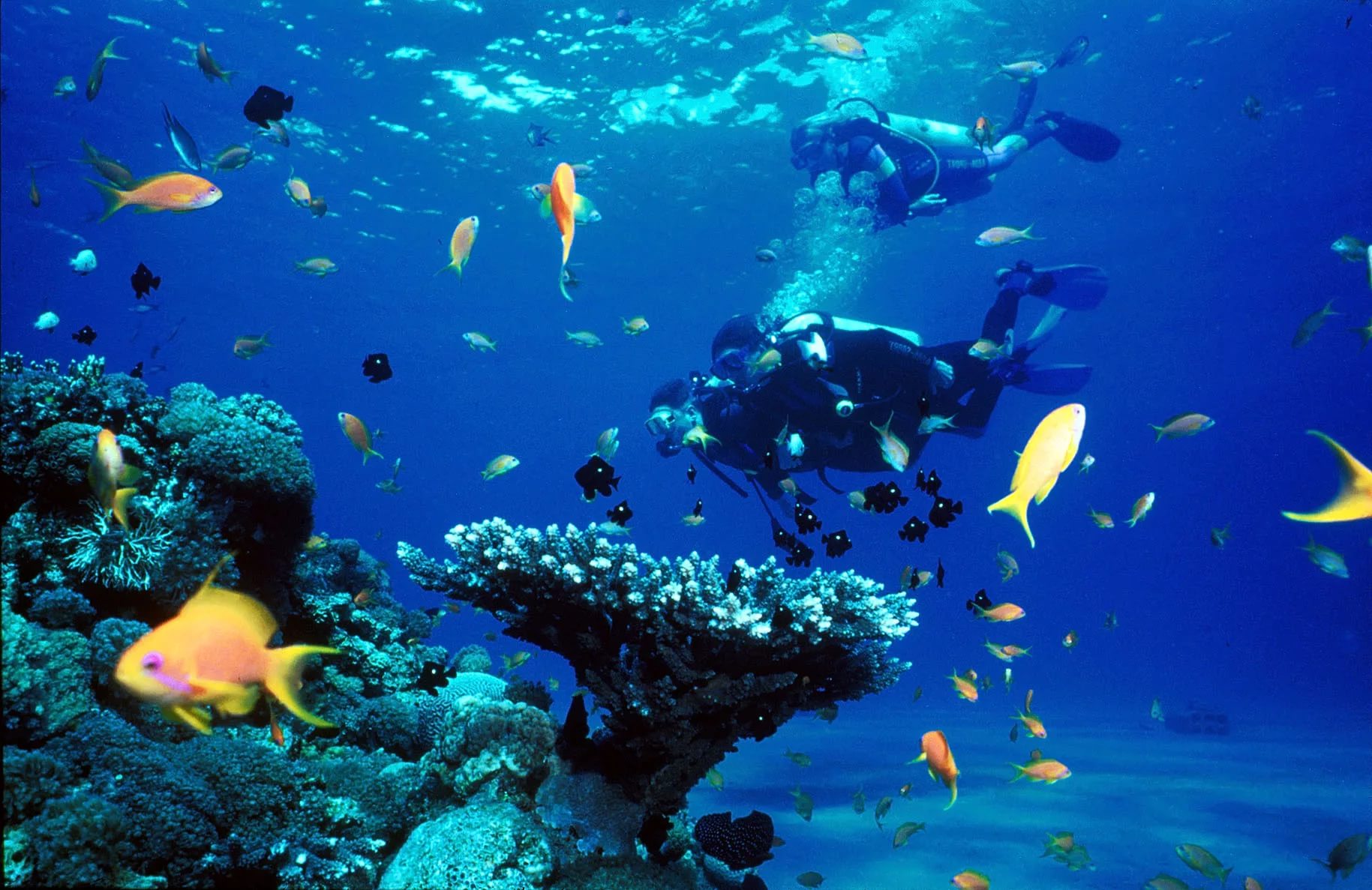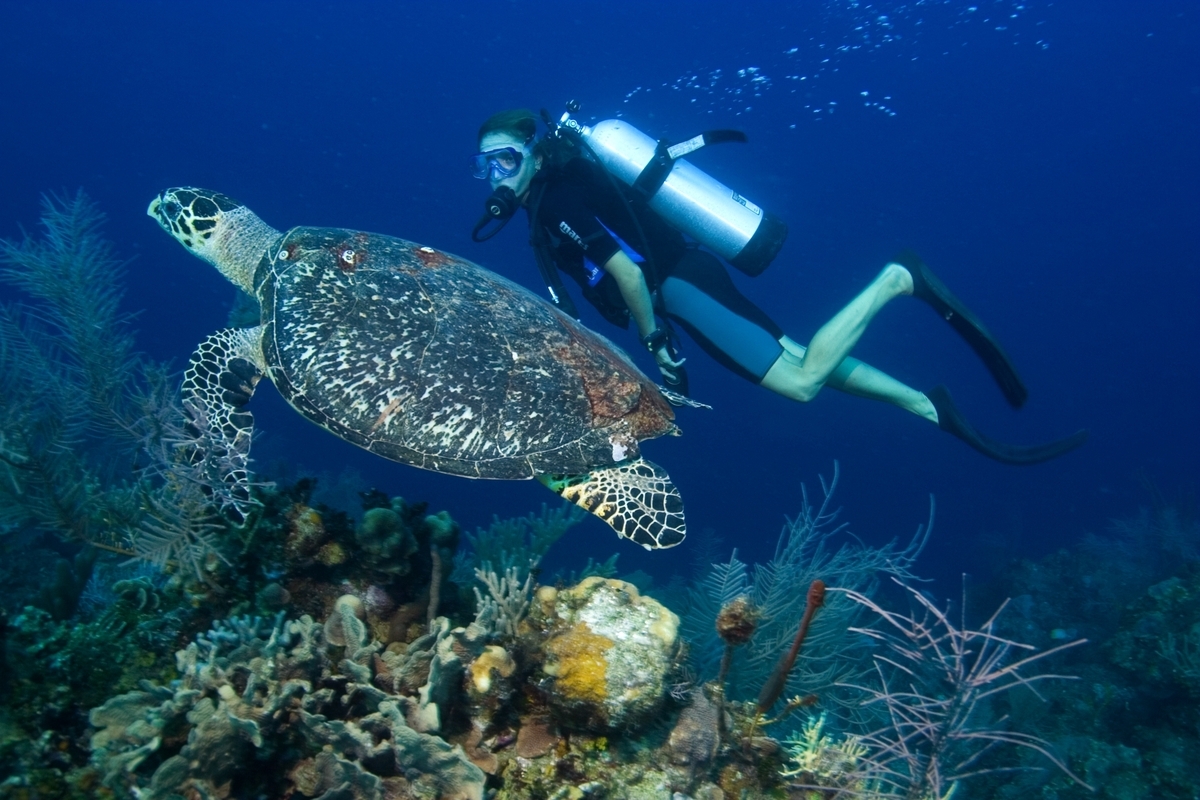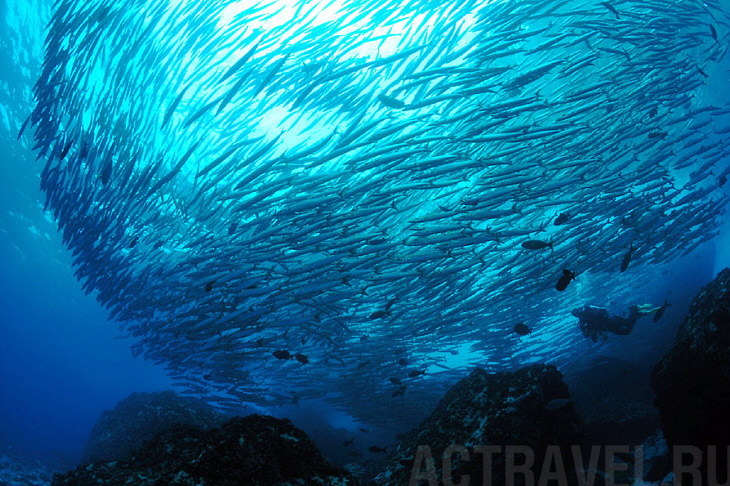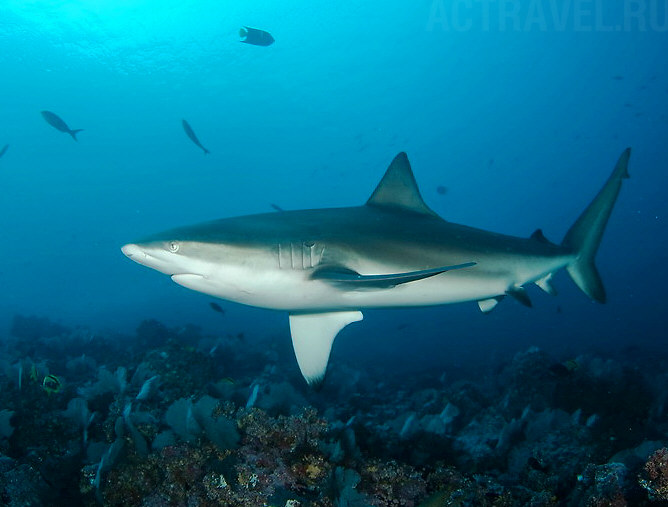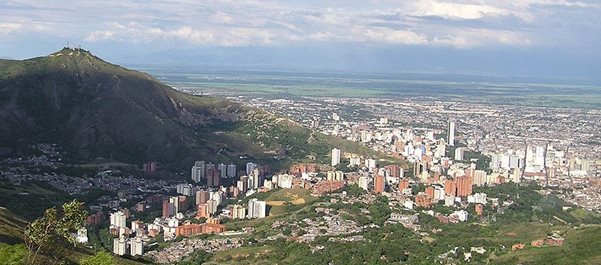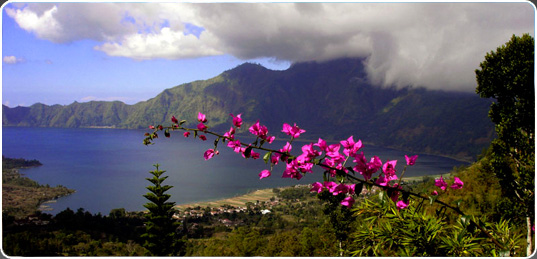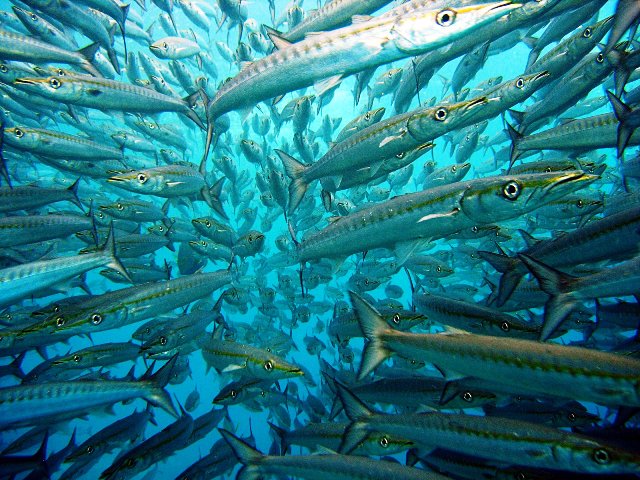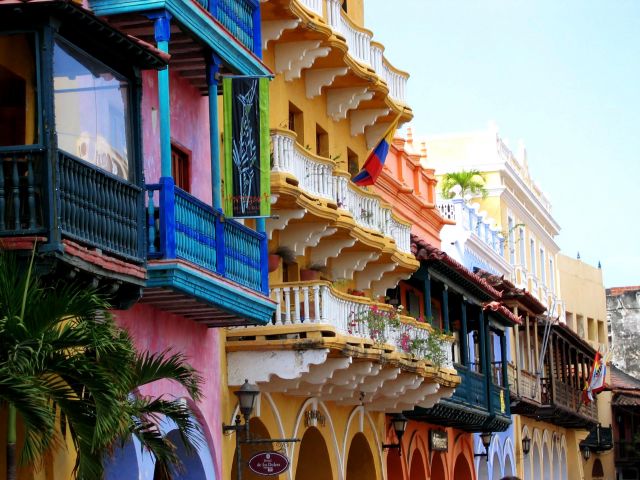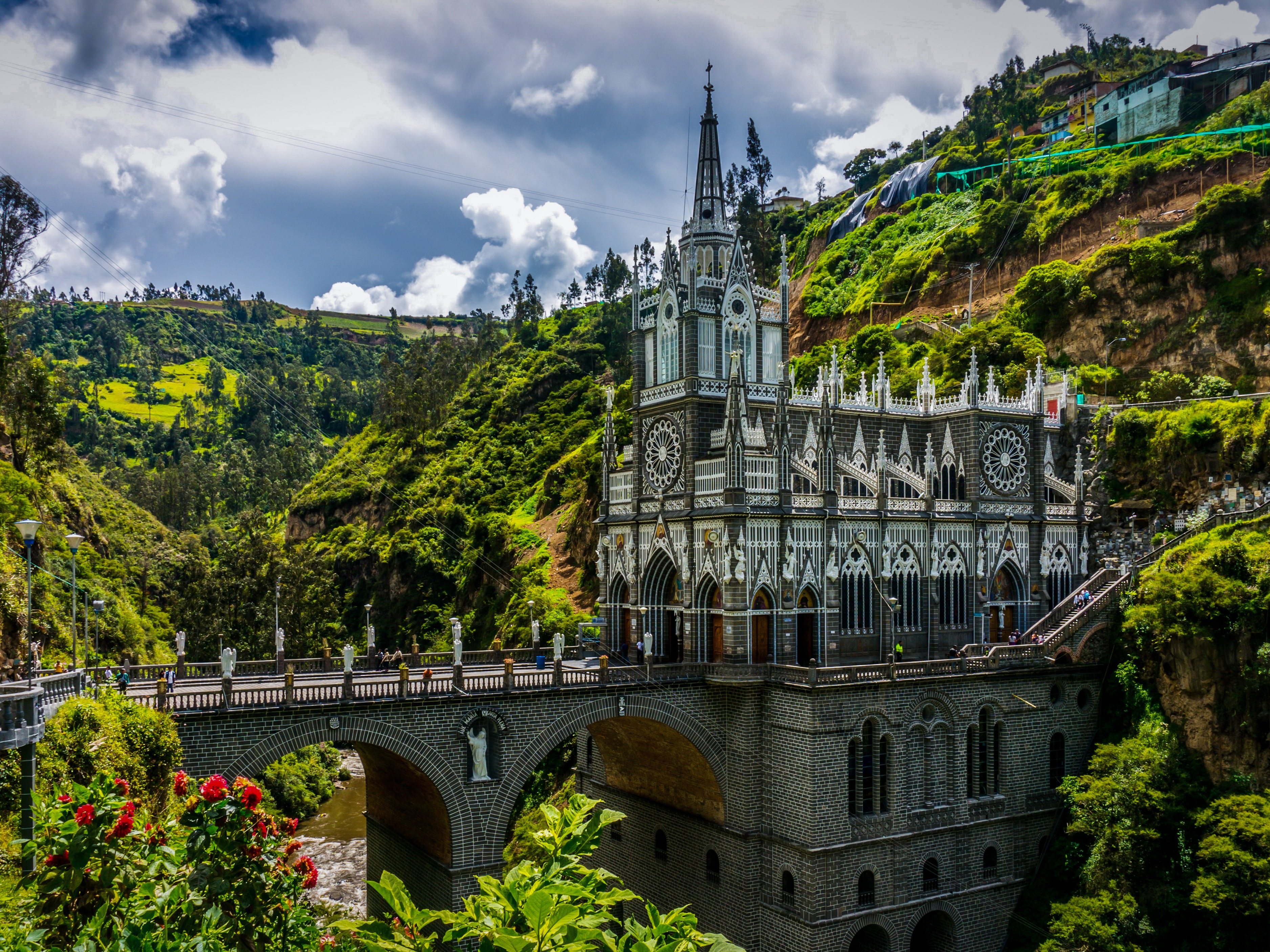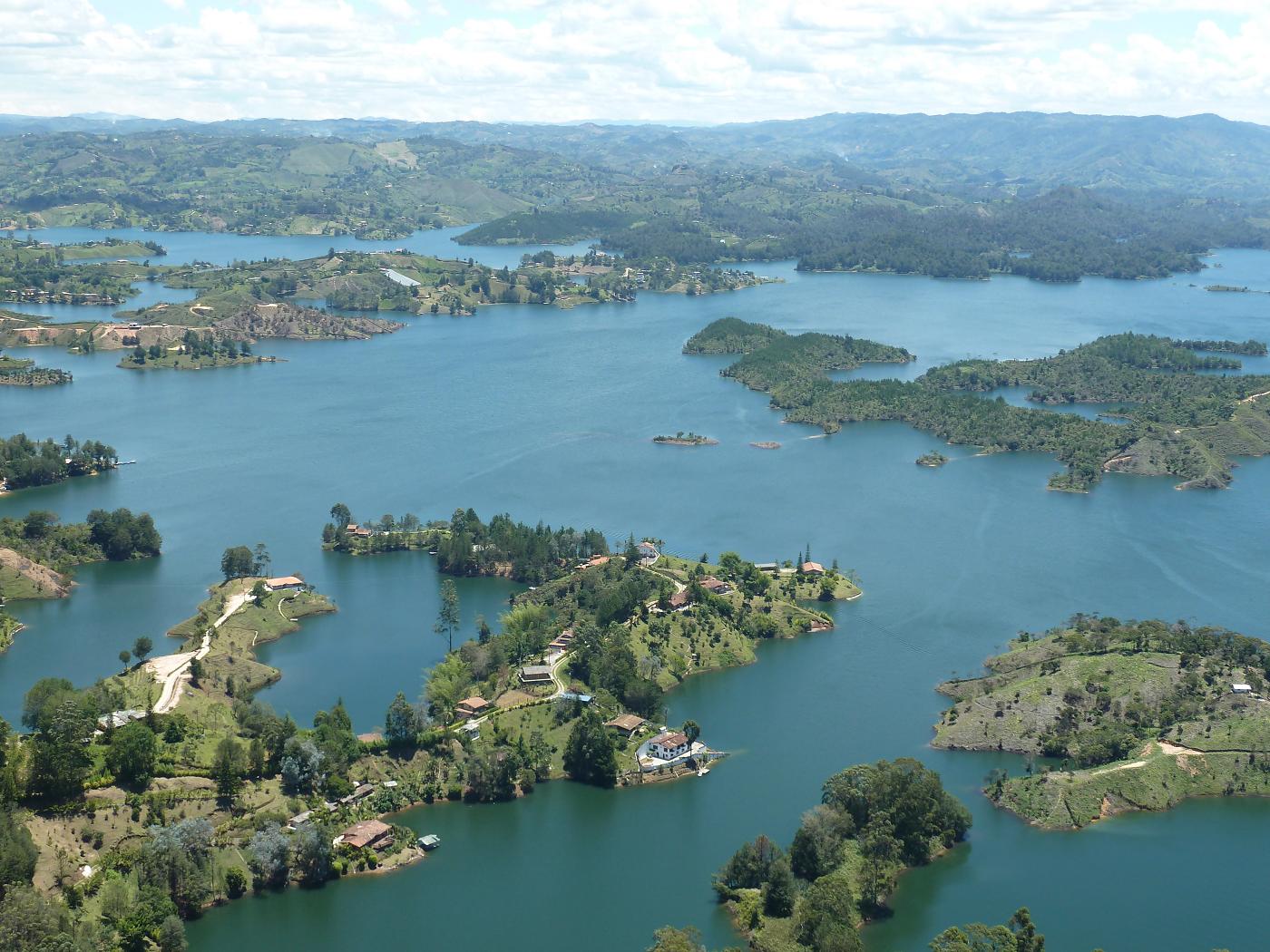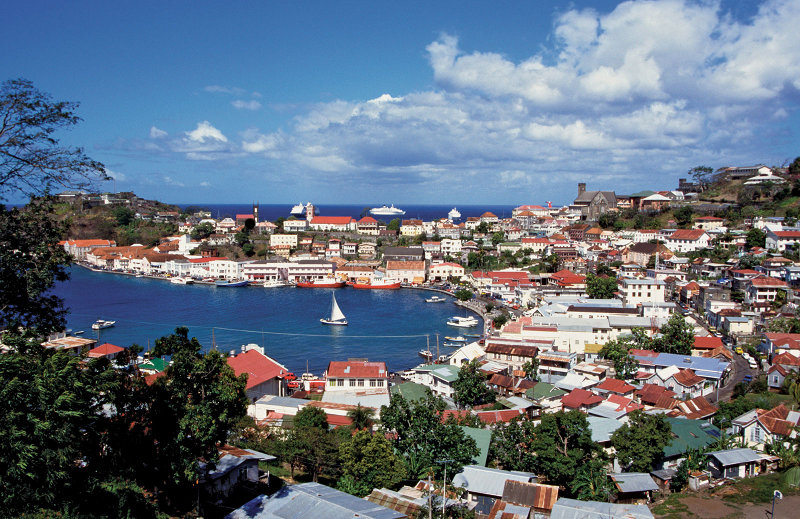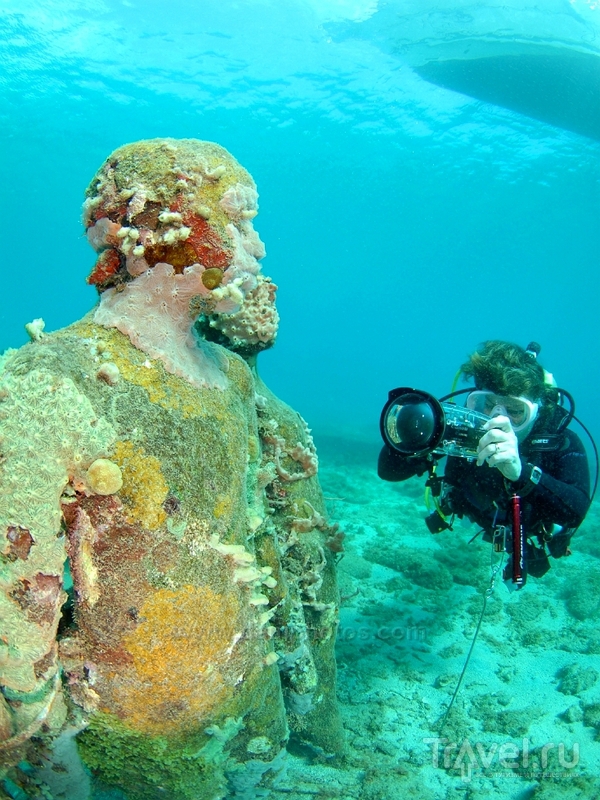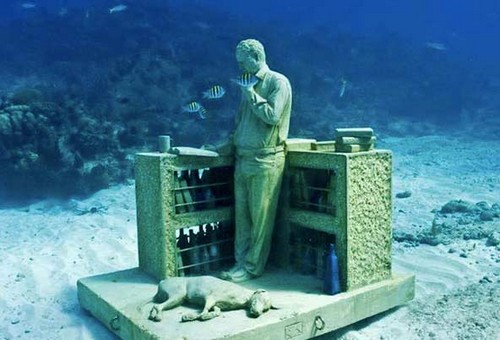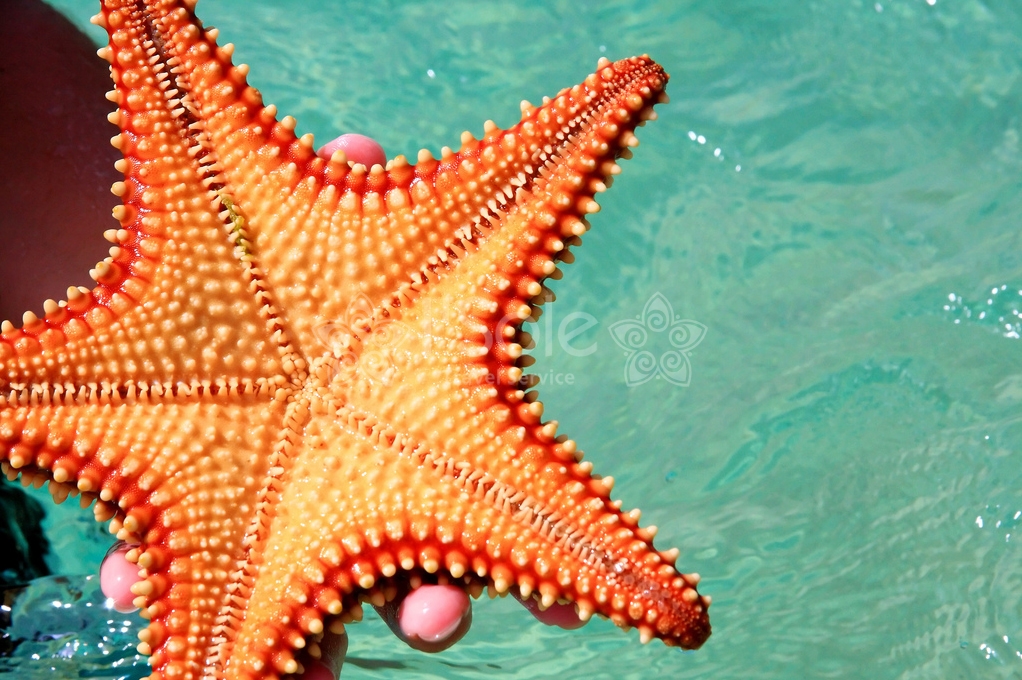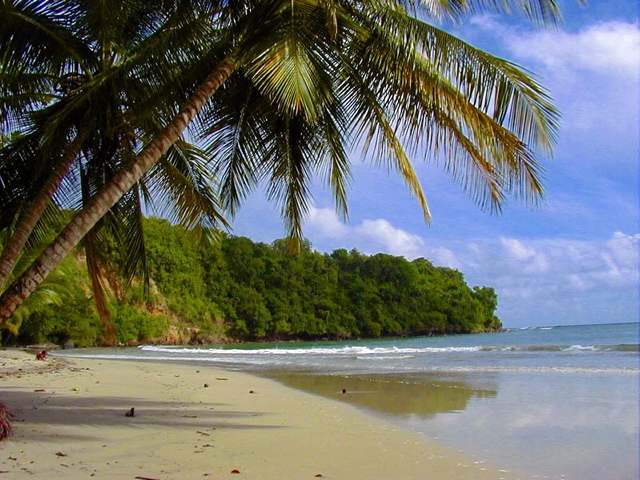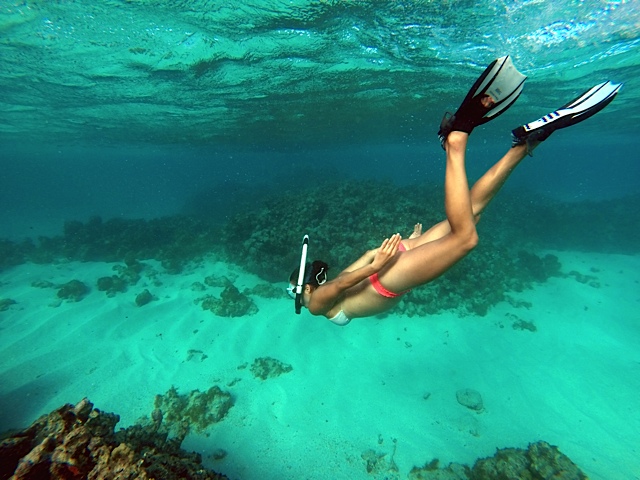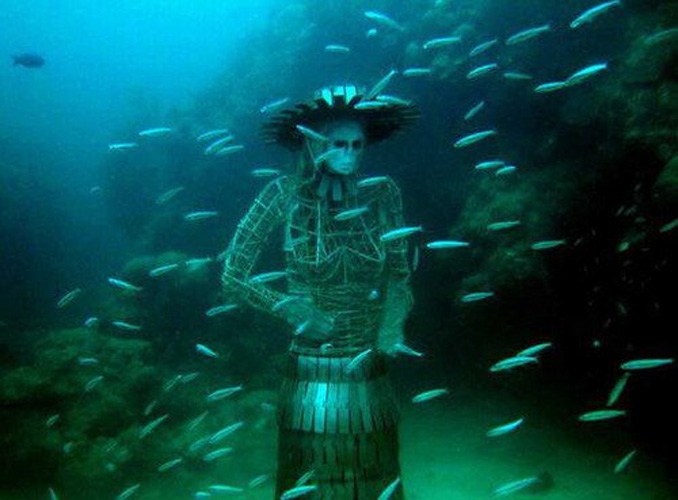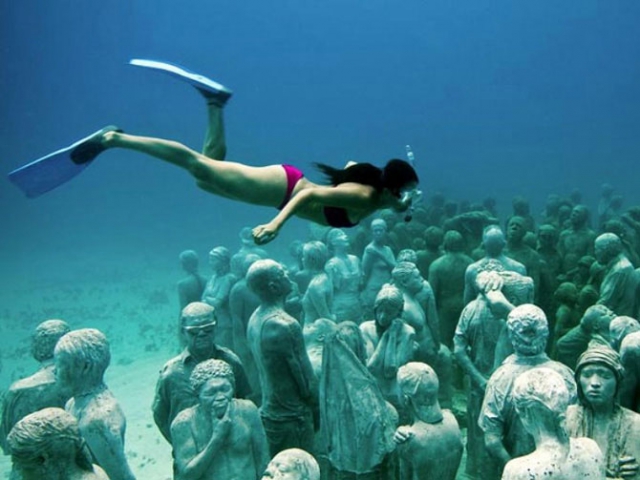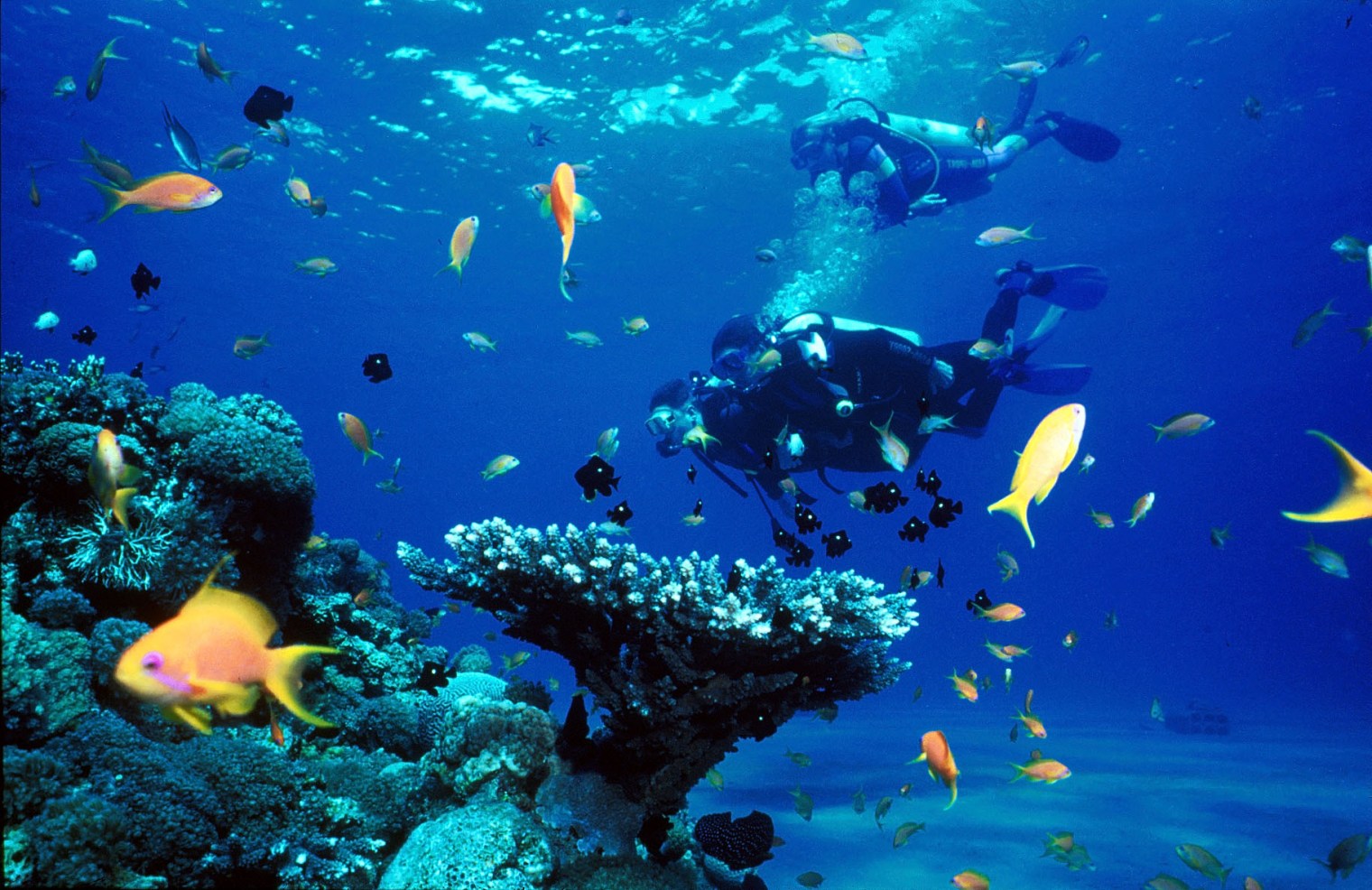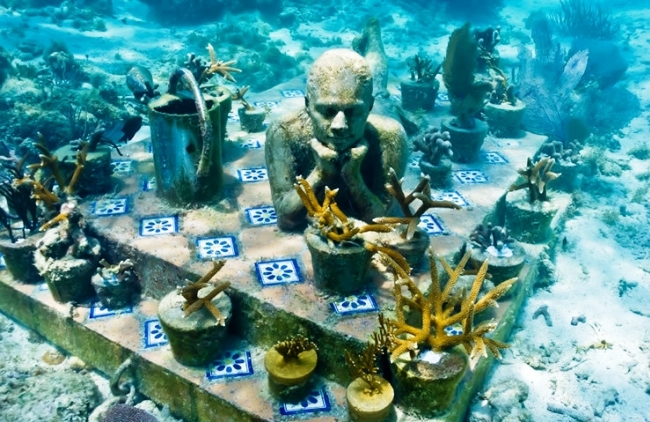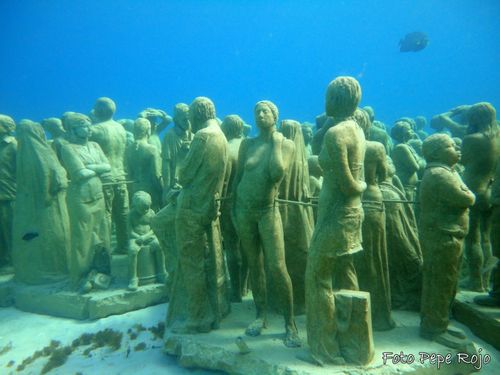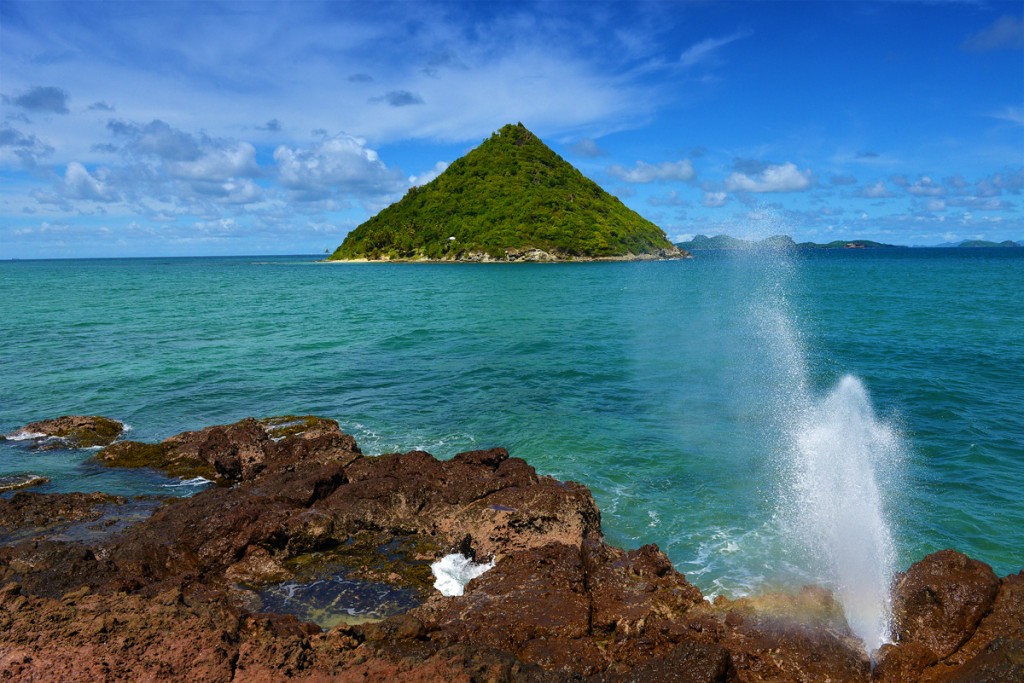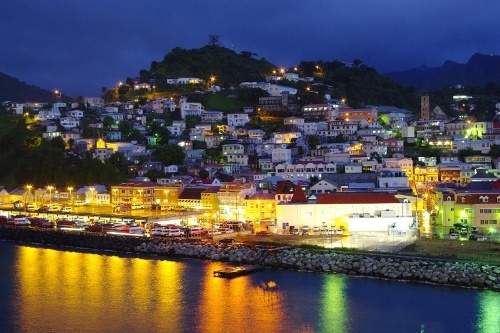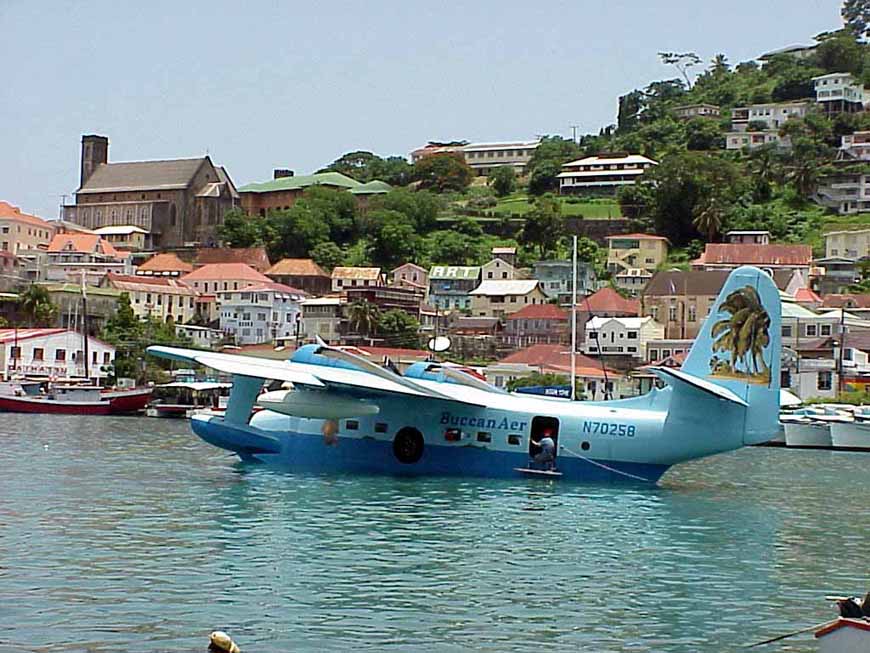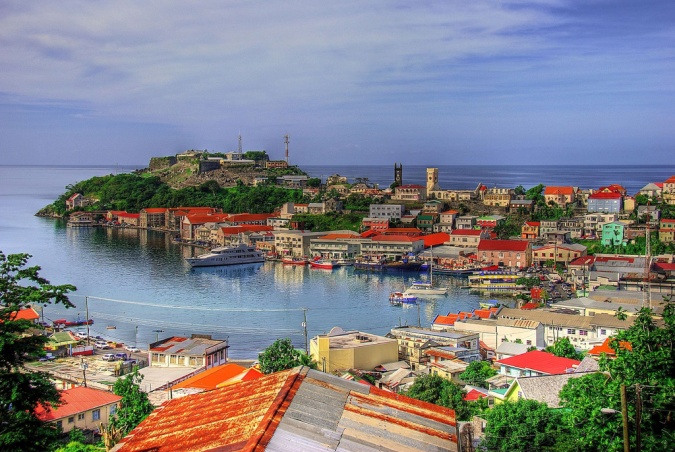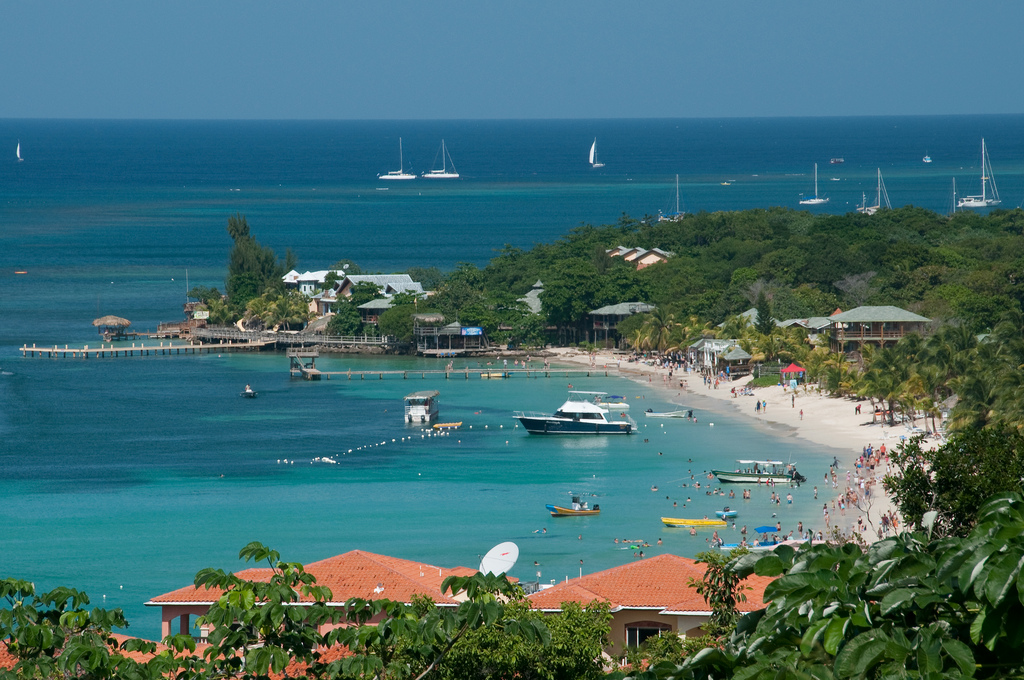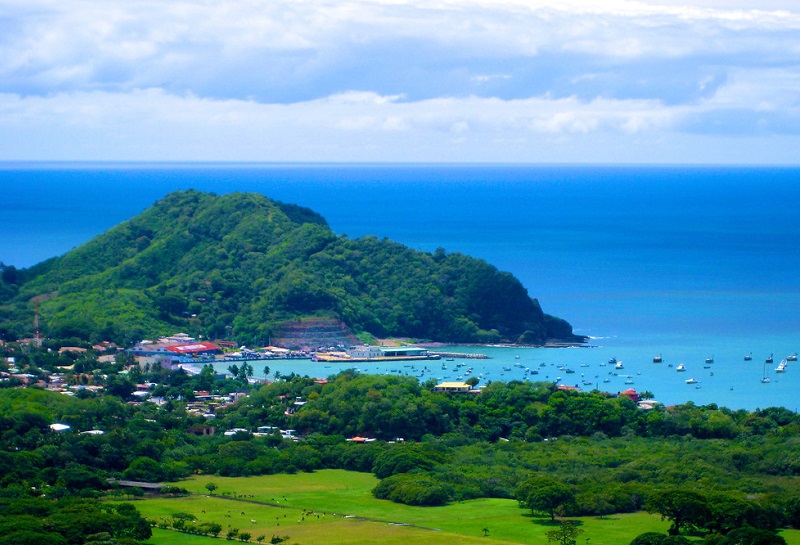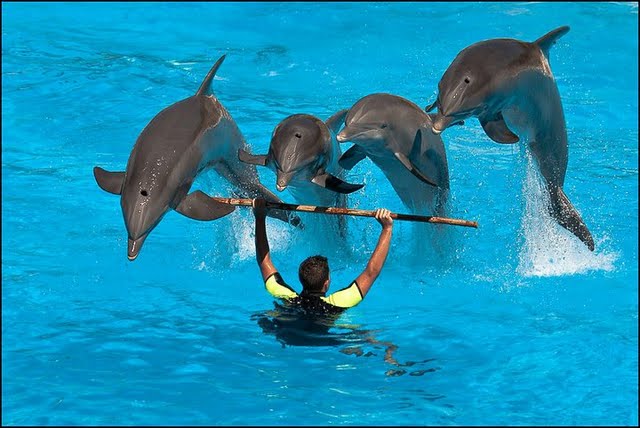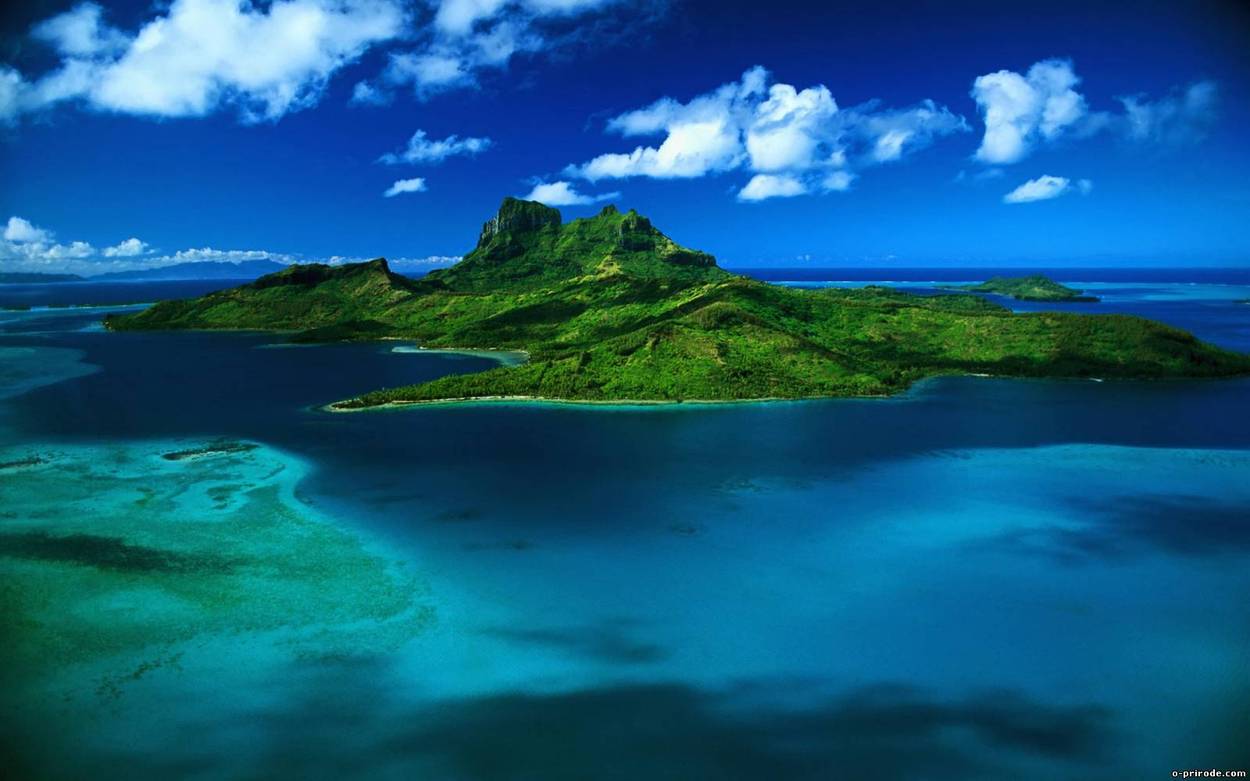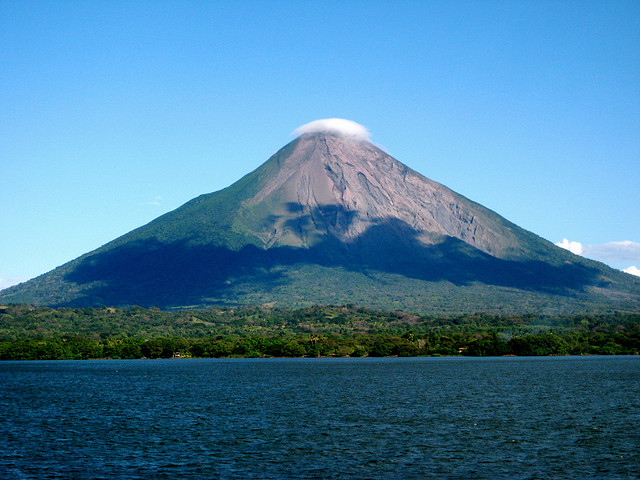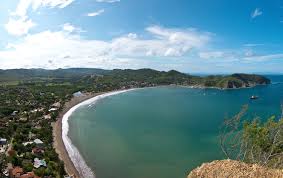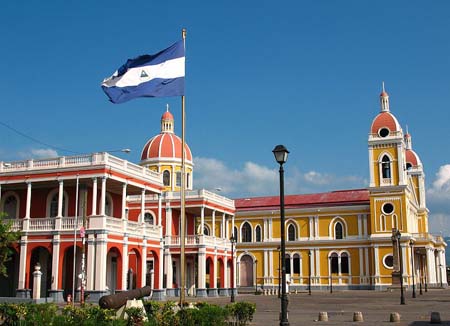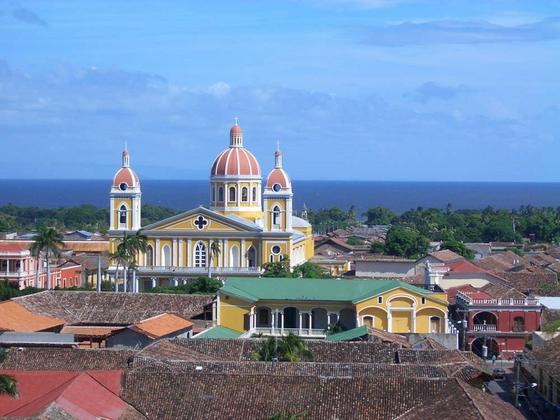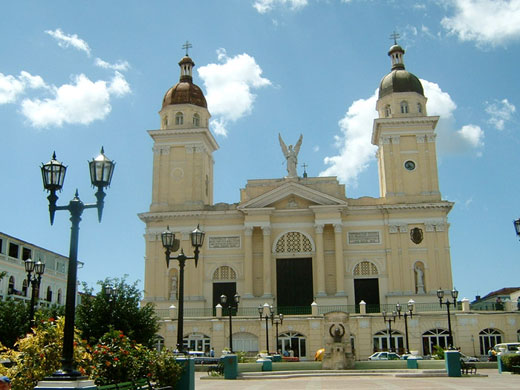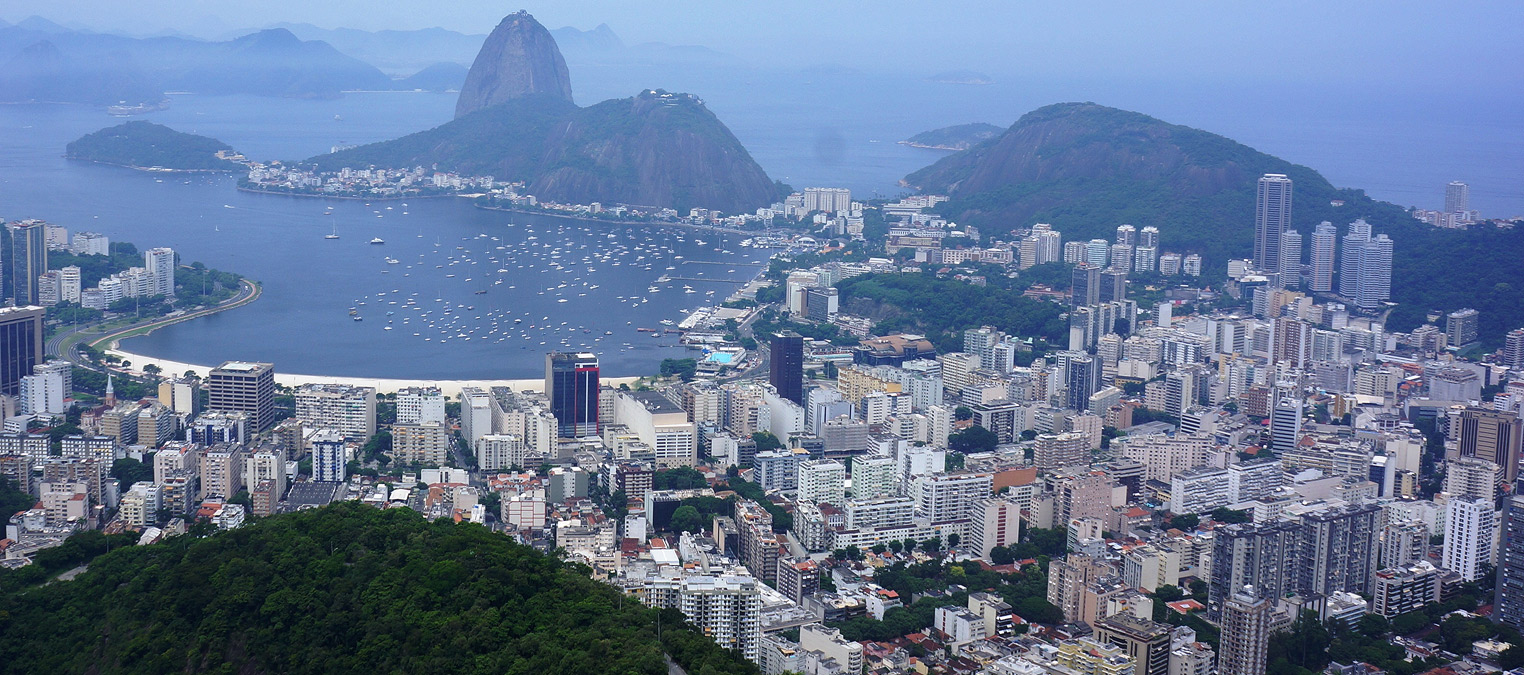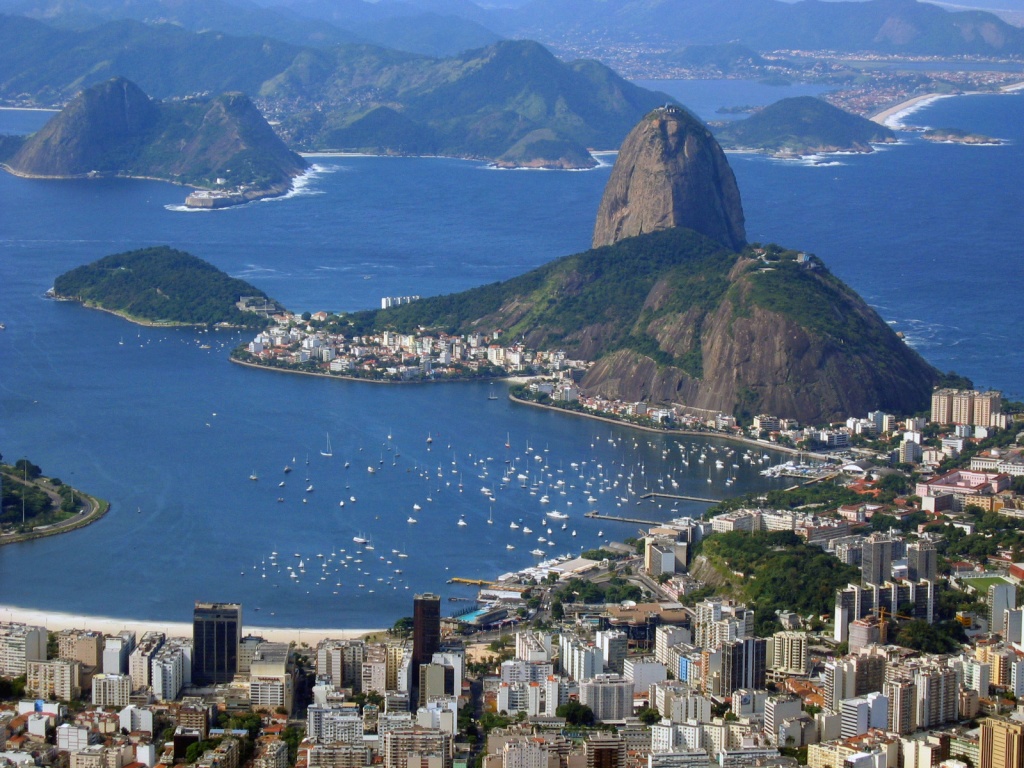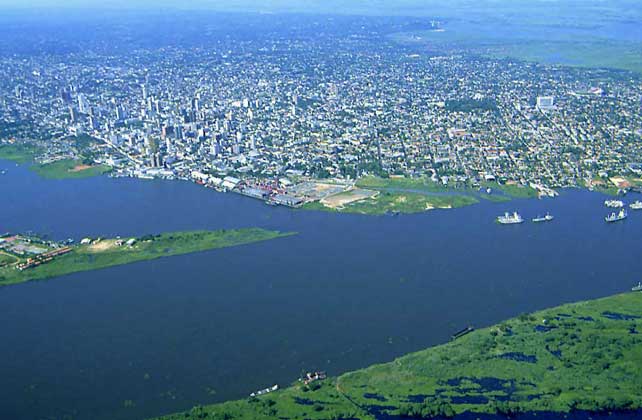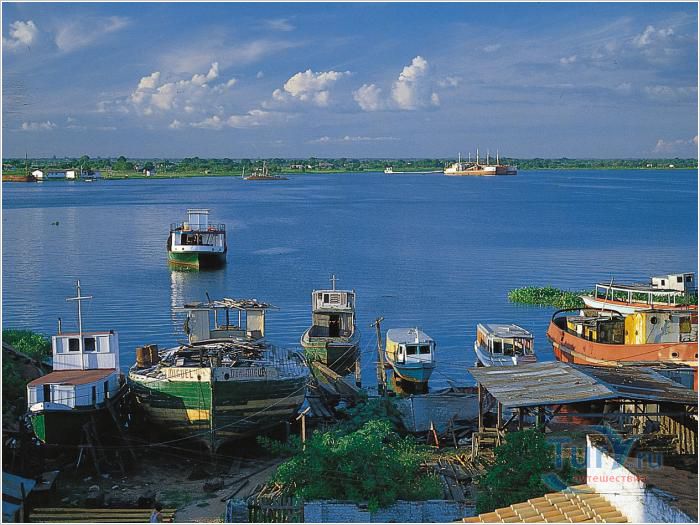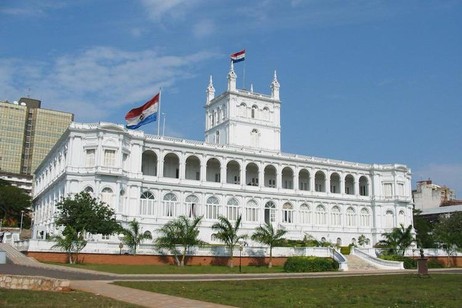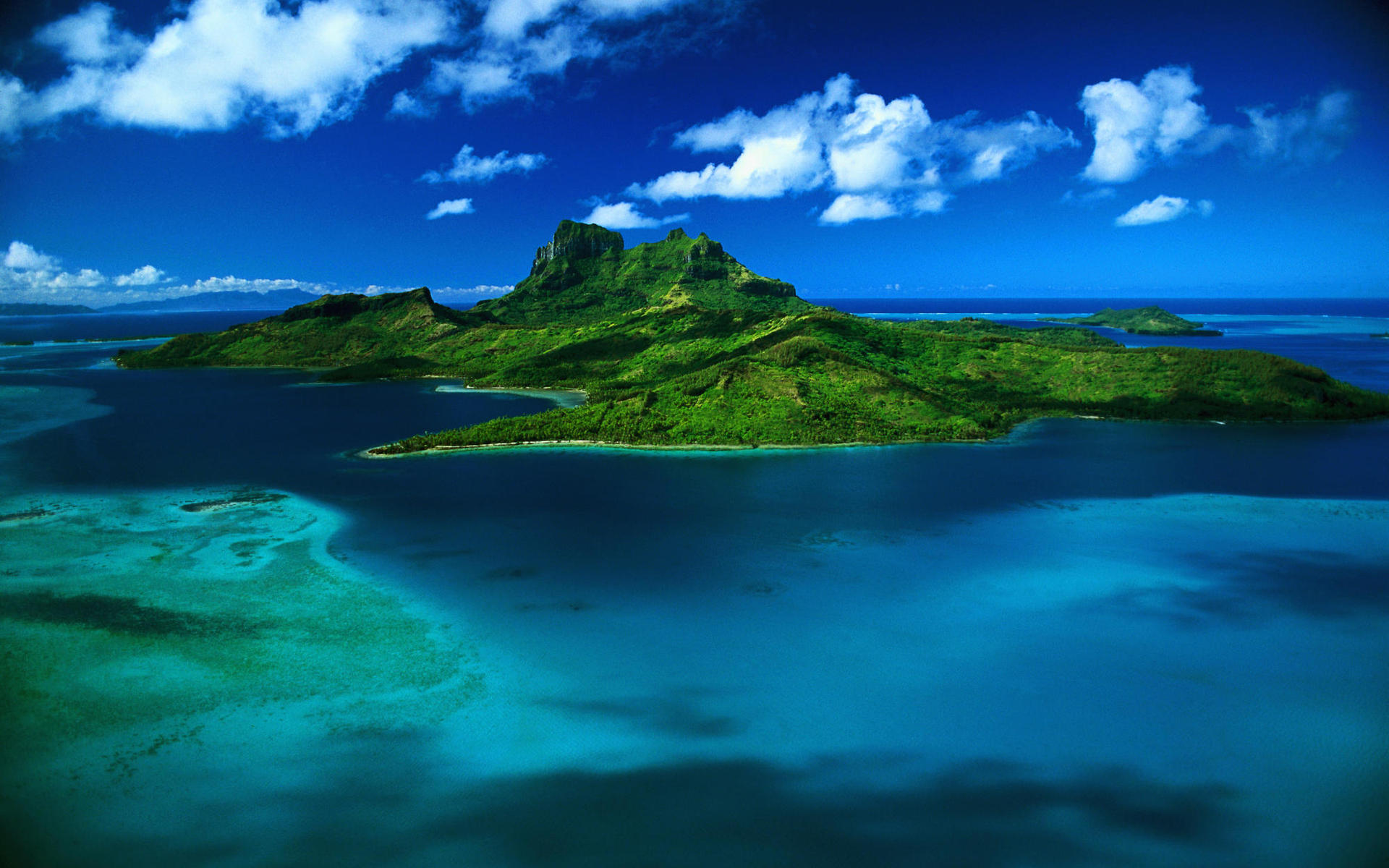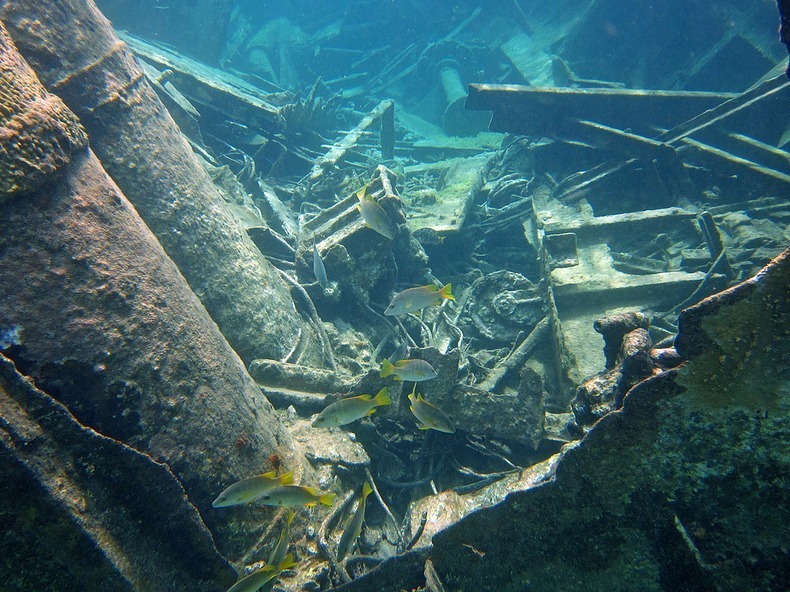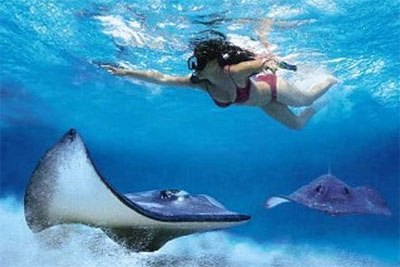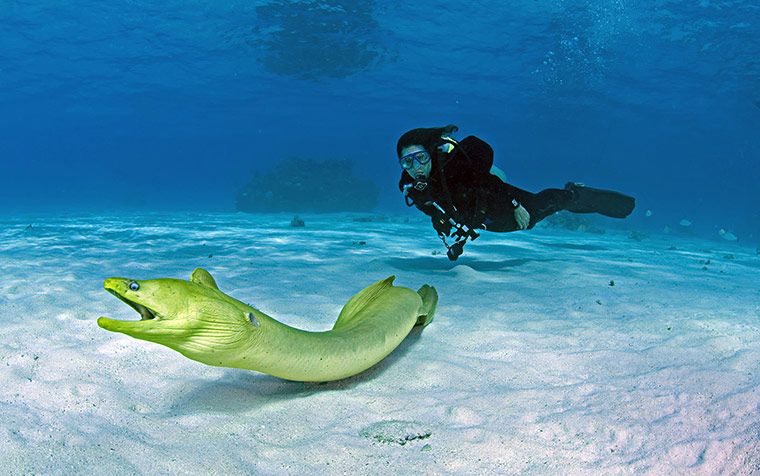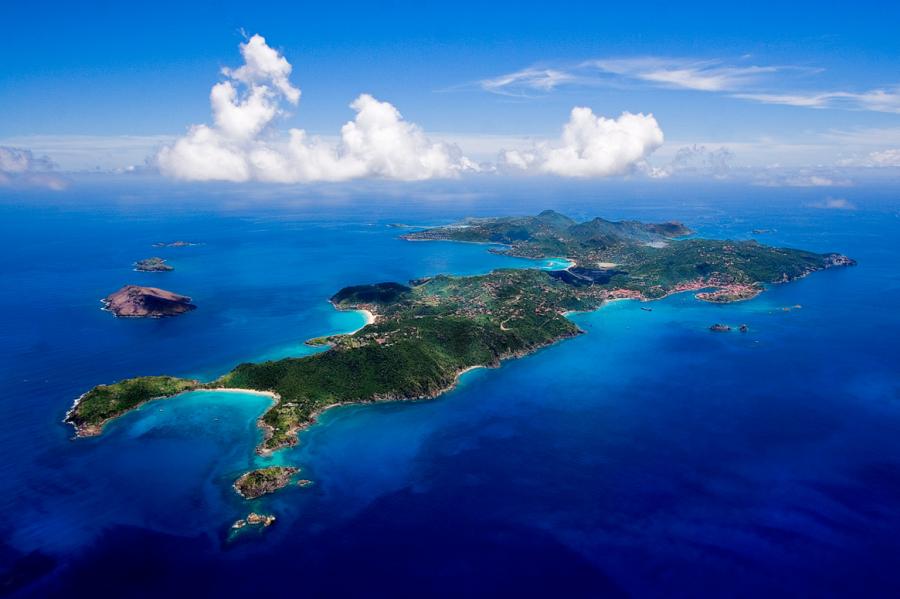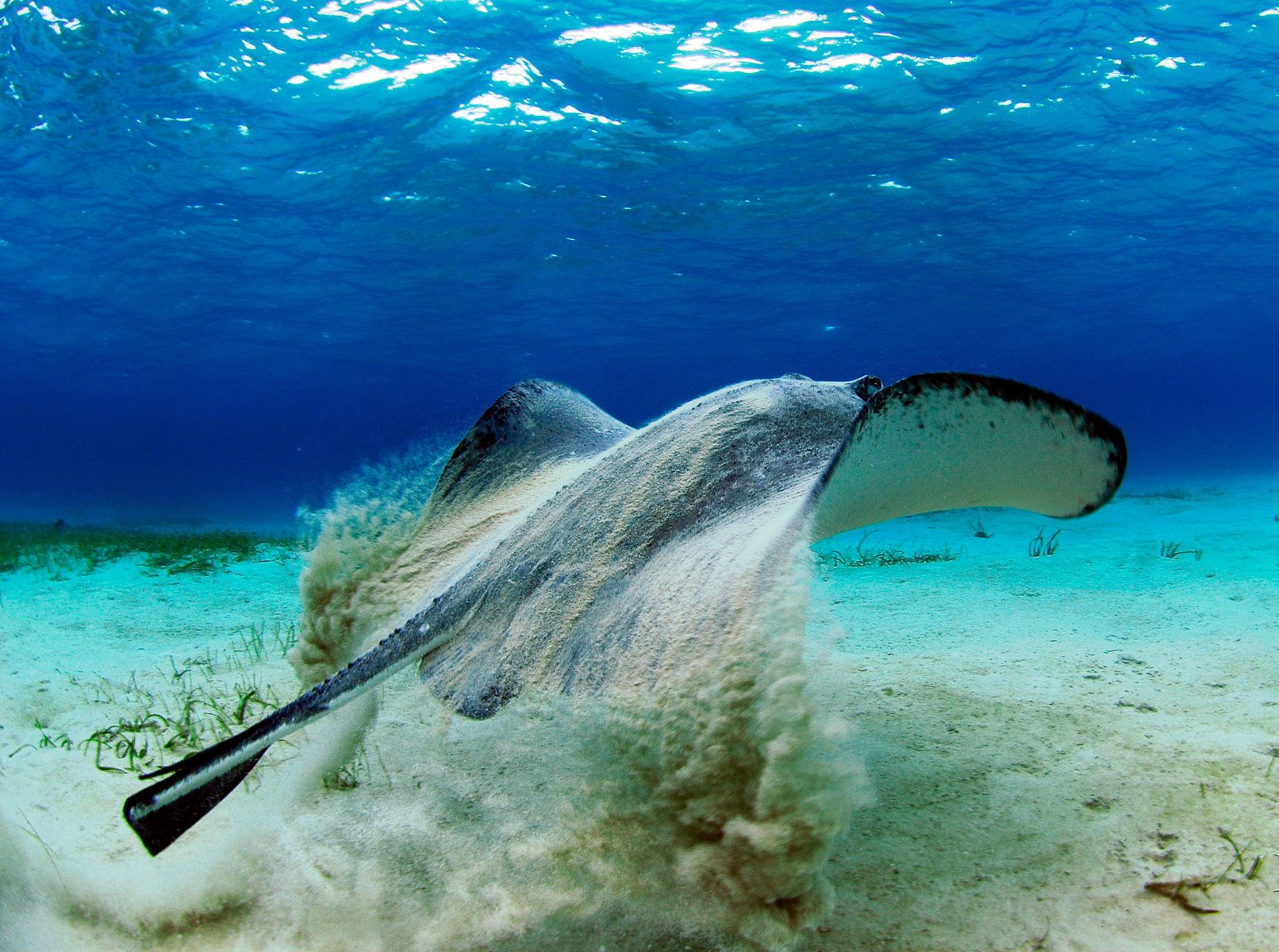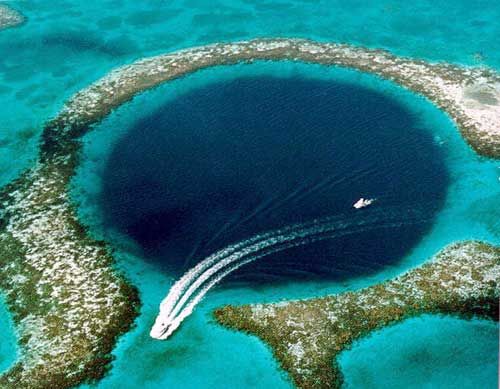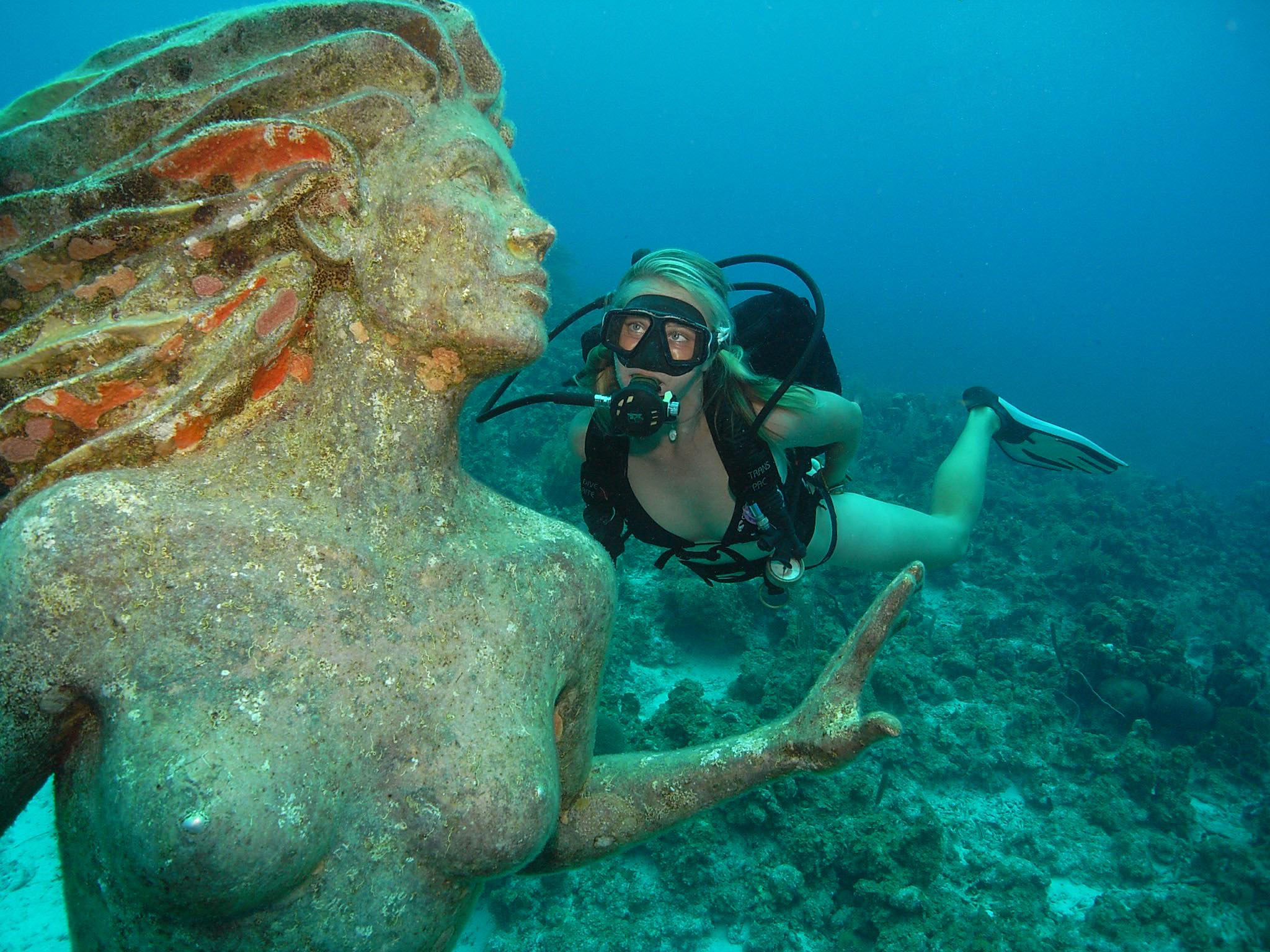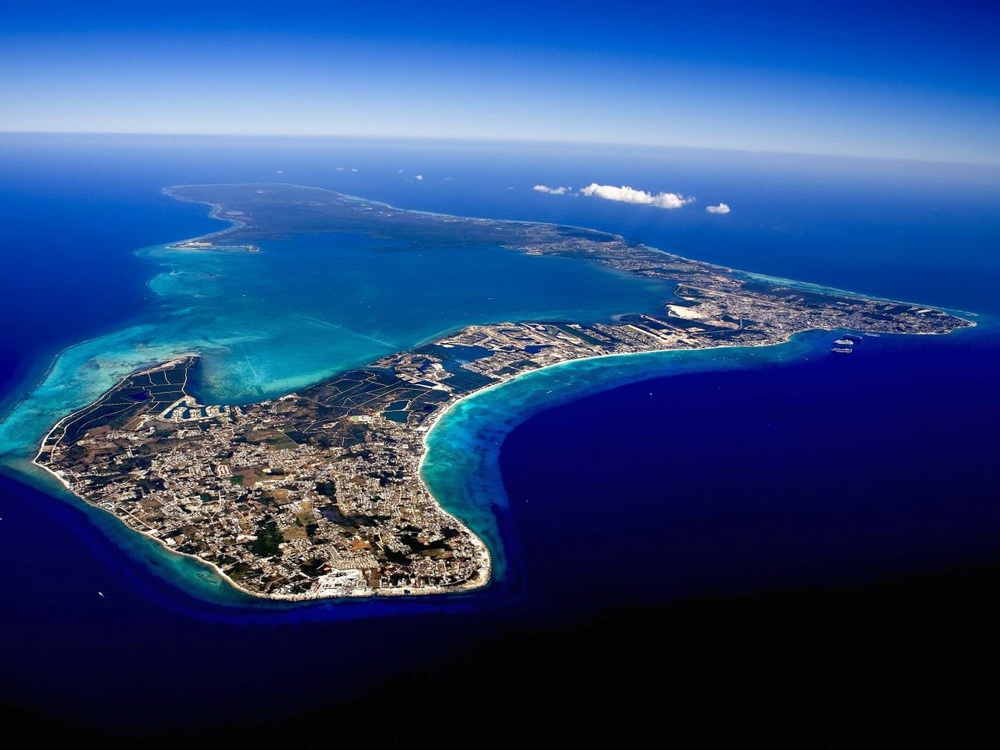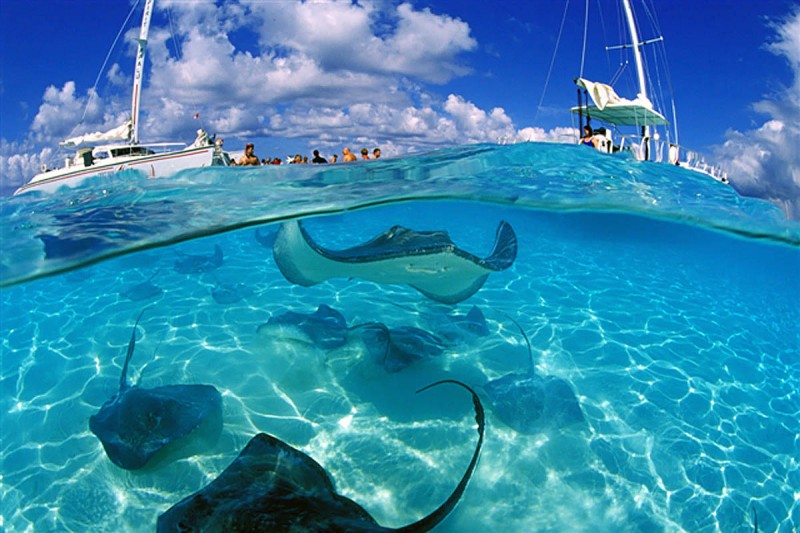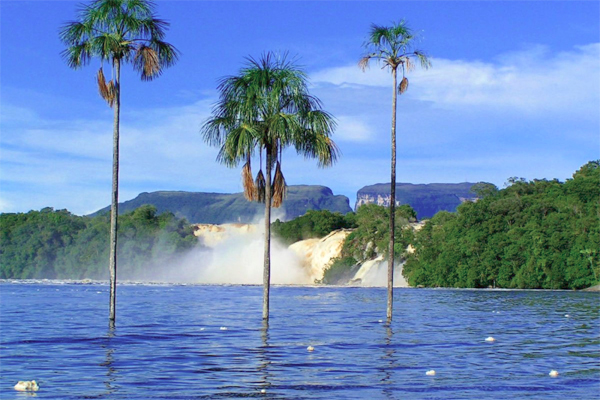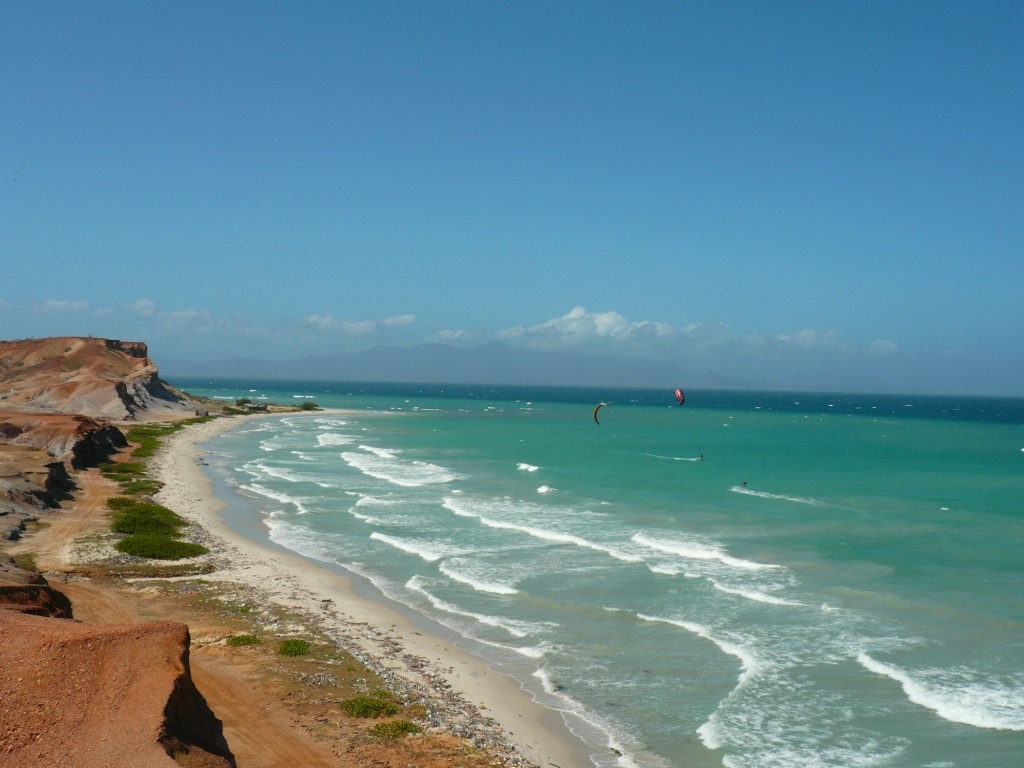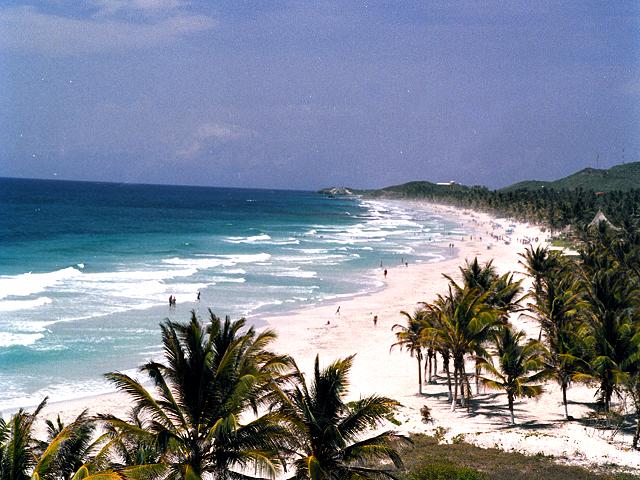Escape for the Weekend
Explore our collection of weekend
Argentina
The Iguazú Falls; spa in the Traslasierra Valley; glaciers in Los Glaciares; multicolored hills of the Quebrada de Humahuaca; whales and seals off Peninsula Valdes; the Tierra Del Fuego National Park; wrecks of the SS Sarmiento, the Monte Cervantes and the Mañana.
Argentina is a country located in the southeast of South America. It shares borders with Chile, Bolivia, Paraguay, Brazil and Uruguay and is washed by the South Atlantic Ocean. Argentina has the total area of 2.7 million square kilometers with the population of 42.6 million people.
The capital of the country is Buenos Aires. The official language is Spanish.
The national currency is the peso. Most major credit cards are accepted, some hotels and tourist centers accept US Dollars. Tourists can exchange currency in banks and authorised cambios (bureaux de change).
Argentina’s climate is very diverse, changing from tropical in the north to subpolar in the south. The terrain of Argentina consists of a large plain in the center, jungle in the northeast, the plateau of Patagonia in the south, the Andes in the west.
Argentina is a good destination for those who like outdoor activities. You can go skiing in the Andes, Las Leñas and San Carlos de Bariloche; enjoy nature in such national reserves as Punta Tombo, Peninsula Valdes and Nahuel Huapi; go hiking or relax in spa-complexes in the Traslasierra Valley. While being in Argentina you should definitely visit the Iguazú Falls; watch the famous Argentinian tango; taste Argentinian wine in the small town of Maipu in Mendoza; lie on the beach in Mar del Plata; see glaciers in Los Glaciares and incredible multicolored hills of the Quebrada de Humahuaca. Argentina is full of different attractions.
Ministro Pistarini International Airport (EZE), known as Ezeiza International Airport is the country's largest international airport. It is located 22 kilometers from Buenos Aires.
Cataratas del Iguazu International Airport (IGR), also known as Mayor Carlos Eduardo Krause Airport.
Governor Francisco Gabrielli International Airport (MDZ), better known as El Plumerillo International Airport, located 8 kilometers from the center of Mendoza.
The most popular diving sites in Argentina are the following:
Peninsula Valdes, where you can watch whales, Magellan penguins, elephant seals, sea lions and orcas;
the Beagle Channel near the town of Ushuaia, where the Tierra Del Fuego National Park is located. Here you can see kelp forests and various marine inhabitants, including sea lions. The water temperature is about 6-15 degrees Celsius;
in the Beagle Channel you can also explore various wrecks: the SS Sarmiento, a 100-meter long Argentinian steamer sunk in 1912; the Monte Cervantes, a 160-meter passenger cruise ship, sunk in 1930; the Mañana, a small wooden wreck lying at a depth of 12 meters.Aruba
Bright Oranjestad; Natural Bridge; Arikok National Park; Gvadirikiri caves; Butterfly Farm; the Antilla wreck; the Pedernales wreck; Mangel Halto reef.
Aruba is a small island located in the southern part of the Caribbean Sea, in 40 km from Venezuela. It is part of the Lesser Antilles. The local population is just over 90,000 people and is a rather motley crowd of local Indian tribes, Spanish refugees and Dutch immigrants.
Aruba has a temperate tropical climate, so it can boast year-round perfect weather and rather dry for the tropics air. The natural beauties of the island, consisting of rocky cliffs and sand dunes, are very picturesque and resemble the neighborhood of Malta.
In the capital of the island - Oranjestad, famous for its brightly colored houses, churches and temples which are typical representatives of the Dutch architectural direction – there are about 20 thousand inhabitants. Everything there keeps distinct imprint of culture of the Netherlands. For those who are fond of local folklore it will be interesting to visit the museums of Oranjestad. There are four of them – the Historical museum Arubano, the Museum of Geology, the Museum of Archaeology and even the Numismatic Museum. You can also visit various local exhibitions at the Cultural Center of Aruba. Tourists can take interest in Natural Bridge – a 30-meter coral arch, California Lighthouse and Christian Chapel. Nature lovers should visit Arikok National Park, which occupies about 20 percent of the island and where you can visit the famous cave Fontaine. Tourists can also get acquainted with the Dutch colonial settlements in Masiduri, explore gold mines in Miralamar (or rather, their ruins), Gvadirikiri caves, visit the traditional for the Caribbean islands Butterfly Farm and climb to the top of colorful Mount Yamanote. In addition to traditional cultural excursions, tourists can have fun in numerous nightclubs and casinos.
The main local currency is the Aruba Florin, however, as on many islands, popular with tourists, US dollar is widespread. You can also pay with credit cards and traveler's checks.
Reina Beatrix Airport in Aruba, named in honor of the Queen of the Netherlands, is located right in the capital of the island – in Oranjestad. Initially, the airport was named Dakota and was a base of the United States’ Air Forces, but in 1955 it was renamed in honor of Queen Beatrix. The airport serves many international flights, including the US, the Caribbean, the northern coast of South America and several European countries.
.
Queen Beatrix International Airport (AUA)
Diving in Aruba, as many divers say, can be called truly spectacular. In addition to favorable weather, calm sea with excellent visibility, rich marine fauna, consisting of sharks, dolphins and stingrays, beautiful coral reefs, Aruba boasts many wrecks, remains of which attract divers from all over the world. In fact, the entire Aruban coast can be called great archaeological monument to the ships sunk in the period from the 17th century to the Second World War
The best known is the German cargo ship "Antilla", the size of which is 132 meters. It is the largest ship, gone to a depth of eighteen feet in the Second World War, is lying in three hundred meters from the north-west coast of Aruba. Not far from the "Antilla" you can see the remains of "Pedernales" - military tanker, around which some extreme-seekers still find unexploded missiles. Also, fans of deep diving will like the wrecks of "California" and "Jane C" – a small ship sunk for drug trafficking; and other cargo ships and barges. In addition to the wrecks divers can explore the remains of the fallen aircrafts in the southern part of Aruba.
Divers also like the coral reef Mangel Halto with its giant black corals and sponges. Night diving, which is widespread on the island, will reveal you completely different side of the sea beauty.Despite the apparent extreme, on the island they particularly care about the safety of diving. In Aruba there are more than twenty diving places, carefully tested by experts and equipped specifically for safe diving
Brazil
What to see in Brazil? Beaches and Carnival of Rio de Janeiro; Iguazu Falls; breathtaking landscapes of Parati; corals and fish of the Fernando de Noronha Marine Park; the Pinguino Wreck; Laje de Santos Marine Park; coral reefs of the Abrolhos Archipelago Islands.
Brazil is the largest country in South America, occupying 8.5 million square kilometers and populated by more than 202 million people. It has borders with all South American countries except Ecuador and Chile and is washed by the Atlantic Ocean. The capital of the country is Brasilia. The official language is Portuguese.
The national currency is the Real. You can exchange money in banks or in shops with signs showing "Cambio". Credit and debit cards are widely accepted.
Due to the large size Brazil’s terrain is very diverse and includes hills, mountains, plains, highlands, and scrublands. The climate of the country consists of five major climatic subtypes: equatorial, tropical, semiarid, highland tropical, temperate, and subtropical.
You will probably want to start your acquaintance with Brazil from Rio de Janeiro. In this city, located at the foot of Corcovado mountain with the blessing Christ the Redeemer statue, you can enjoy famous mountains, landmarks, beaches and Carnival festival.
Nature lovers should not miss a breathtaking spectacle of Iguazu Falls cascading among lush exotic wildlife.
In Olinda tourists can immerse into tranquilling atmosphere of colonial architecture, combining with beautiful nature.
Another colonial pearl is Parati, charming by tropical forests, waterfalls, emerald sea and coastal mountains.
Do not forget to enjoy watching dance-like sparring of capoeira; shopping at Brazilian street markets; immersing into nature in a huge national parks the Chapada Diamantina and the Parque Nacional da Tijuca; seeing the rare shade of blue on the slopes of Pedra Azul; and basking on Florianopolis and Northeast beaches.
São Paulo/Guarulhos–Governador André Franco Montoro International Airport (GRU), the main international airport serving São Paulo.
Brasília–Presidente Juscelino Kubitschek International Airport (BSB), located in the Lago Sul administrative region of the Federal District of Brazil.
Rio de Janeiro/Galeão–Antonio Carlos Jobim International Airport (GIG), the main airport serving Rio de Janeiro and the largest airport in Brazil.
Tancredo Neves/Confins International Airport (CNF)
Viracopos/Campinas International Airport (VCP)
Salvador-Deputado Luís Eduardo Magalhães International Airport (SSA)
The underwater world off the coast of Brazil is famous for its biodiversity: here you can meet pinner dolphins, nurse sharks, green sea turtles, and even whales. Those who like wreck diving will find many interesting objects here.
In the Fernando de Noronha Marine Park, located on the archipelago of 21 islands, there are 15 different corals and 230 species of fish. The most interesting diving sites are Naufragio do Porto, Ilha do Meio, Pedras Secas, and Ressureta. The water visibility is up to 50 meters and the water temperature is about 27 degrees. Here, at a depth of 60 meters, you can see the wreck of the NaelIpiranga, a corvette sunk in 1987.
In Angra Dos Resi, which includes more than 300 islands, you will find more than 12 different diving spots with different caves and passages. Here you can also explore the Pinguino Wreck, a cargo vessel sunk in the late 60-s and located at a depth of 10 meters.
In Laje de Santos Marine Park, São Paulo you can meet giant manta rays, explore the wreck of the fishing boat Moreia, sunk in 1995 and located at a depth of 22 meters, and see Anchor Ledge, inhabited by big groupers and pelagic fish.
Arraial Do Cabo, which is situated 200km from Rio, has perfect underwater visibility and diving conditions suitable even for inexperienced divers.
Off the Abrolhos Archipelago Islands you can see the rarest coral reefs, inhabited by various marine species.
The best fresh water diving place in Brazil is Bonito, in the Rio da Prata. Inside the Abyss Anhumas there is a large crystal clear lake and high cones of limestone, which look like a part of lunar landscape.
Colombia
What to see in Colombia? Cartagena and Bogota; Tayrona National Park; coffee plantations; humpback whales migration in Nuqui; Ciudad Perdida; wildlife of the Amazon River; San Andres and Providencia coral reef; Lake Toto; the Sebastian de Belcazar wreck; and coral gardens of Taganga.
Colombia, officially the Republic of Colombia, is a country situated in the northwest of South America. It has borders with Panama, Ecuador, Venezuela, Brazil and Peru, and is washed by the Caribbean Sea and the Pacific Ocean. The capital of the country is Bogotá. The official language is Spanish. The total area of the country is about 1.1 million square kilometers; the population is approximately 48 million people.
Colombia has a great diversity of landscapes and climate zones, so if you plan to travel extensively, be ready to take many different clothes.
The national currency is the Colombian peso. It is recommended to exchange currency only at hotels, banks and exchange offices. Visa and MasterCard are widely accepted. In all the main cities there are ATMs.
Colombia is able to satisfy a broad spectrum of tastes. Those who prefer relaxed sunbathing can go to secluded beaches of Tayrona National Park or bask on the coasts of San Andres and Providencia. Connoisseurs of colonial architecture will like picturesque buildings of Cartagena and Bogota, not to mention their interesting museums and delicious local food. Those who want to to get the real taste of Colombia can visit small pueblos in the coffee region. From July to October nature lovers can watch humpback whales coming close to the shore at Nuqui, on Colombia’s Pacific Coast. While travelling along the Amazon River you will be able to visit indigenous communities and see various exotic animals. Or you can take a jungle trek from Santa Marta or Taganga to Ciudad Perdida (The Lost City) and get a great adventure of your life. Those who are fond of extreme will also like San Gil, which offers a lot of opportunities for paragliding, whitewater rafting, and mountain biking and other adventure sports.
El Dorado International Airport (BOG), the main international airport in Colombia, situated in Bogotá.
José María Córdova International Airport (MDE), the second biggest airport in Colombia, situated in the city of Rionegro.
Alfonso Bonilla Aragón International Airport (CLO), located in Palmira.
Rafael Núñez International Airport (CTG), the largest airport in the northern Caribbean region.
Ernesto Cortissoz International Airport (BAQ) serves the area of Barranquilla.
Palonegro International Airport (BGA)
Colombia is a popular destination for scuba divers, because it is the only country in South America which has both Pacific and Caribbean coastlines.
On the Caribbean side the most popular diving places include Capurgana, Golfo de Morrosquillo (near Tolu), Islas del Rosario (Cartagena), and Taganga (coral gardens and tropical reef fish, including angelfish, butterfly fish, yellowtail snapper, and green moray eels) and San Andres and Providencia. Off the archipelago of San Andres and Providencia divers can see the world’s third largest coral reef, inhabited by numerous marine creatures. The water temperature is very comfortable and the visibility is up to 40 meters.
Off the Pacific coast the most famous sites are Cali, Gorgona Island (turtles, white-tip reef sharks, groupers, mantas, whalesharks, and, from June to October, humpback whales) and MalpeloGrenada
What to see in Grenada? Creole architecture of St. George's; Seven Sisters waterfall; Annadale, Etang Lake forest reserve; reefs Boss, White Sand Beach and Channel; Lighthouse Reef and Shark Dome; wrecks the Bianca C, the Hema, the Rose and the Shakem; and the Underwater Sculpture Park.
Grenada is a state located on the same-name island and on the southern part of the Grenadines. The state is part of the Lesser Antilles, and is distinguished out of them for its proximity to the equator, which causes a change in the climate from tropical to marine sub-equatorial. The island is characterized by a broken coastline, secluded beaches and a variety of coral reefs, which makes Grenada quite attractive for diving.
The state capital is St. George's, filled with beautiful examples of Creole architecture of the last century. Tourists should also pay special attention to the Grenada National Museum, located in the old barracks of the 18th century. Fans of national history should visit Fort George, built by the French invaders in the early 18th century, as well as Fort Frederick, which is considered to be an outstanding example of military architecture. If you arrived in the capital on February 7, you will be able to witness the celebration of Grenada's main holiday - Independence Day, in honor of which a military parade is arranged.
Those who like the natural component of tourism will enjoy visiting the national park Grand Etang, where you can admire the picturesque waterfall Seven Sisters and the 10-meter Annadale, Etang Lake forest reserve located around the crater of an extinct volcano, and Lever, which is home to over 80 species of exotic native birds. The national symbol of the country - Grenadian pigeon - can be seen in the reserve Grenada Dove.
The national currency of Grenada is the Eastern Caribbean dollar, though it is possible to pay with American dollars or with usual credit cards.
Maurice Bishop International Airport (GND)
Grenada International Airport, located near the capital of the state, serves more than 10 airlines, which include both international and domestic.
Diving in Grenada
The island, surrounded by lots of coral reefs, having nearly intact ecosystem, famous for a huge variety of marine life, which includes sea turtles, sharks, dolphins and even whales, is doomed to attract divers from all over the world; and a few dozens of sunken ships also stir up the interest of divers to this place.
The most interesting area for diving is the southern part of Grenada, but the sea off the coast of Martinique and Minor Carriacou is also famous by fascinating diving spots. Among popular dive sites there are reefs Boss, Northern Exposure where you can see flocks of frogfish and seahorses, Valleys, White Sand Beach, Channel, inhabited by stingrays, and Sherwood Forest, where there is a forest of black corals. Fans of extreme diving will like Shark Reef, Lighthouse Reef and Shark Dome where you can watch nurse sharks and fish-hangers. The bays Grand Mal Point, Tyrrel and Dragon Bay are also popular. Divers especially like Jenny Island, famous for the world’s purest water of high transparency.
Among the sunken ships it is worth seeing the luxury Bianca C, crashed in 1961, a cargo ship Hema, located a few kilometers from the south of Grenada, the Rose - a ship deliberately sank almost off the coast of Carriacou and transformed into an attraction for novice divers, 25-meter fishing San Juan located in three kilometers from the southern coast of Grenada, as well as the Shakem, sunken in 2001 and having preserved its cargo spaces, cabins and hatches virtually untouched.
The most interesting places for diving are the National Marine Park (you can dive in Happy Hill, Car-Pile and Flamingo Bay) and the Underwater Sculpture Park on the west coast of Grenada, which has more than seven dozen sculptures.
Nicaragua
Black selva; the City Cathedral, Luis Alfonso Velasquez park and Casa Prezidensia in Managua; the Masaya Volcano National Park;
The Republic of Nicaragua is a country located in the Central America. It is considered to be one of the least inhabited. The nearest neighbors are the Republic of Honduras and Costa Rica. Nicaragua attracts by its magnificent nature, which includes many majestic volcanoes, picturesque mountain landscapes with clear lakes and vast arrays of the jungles. One of particularly scenic areas is Matagalpa with its famous "Black selva." Abundant wildlife and spectacular beaches, the sand on which varies from white to black, complete the picture of this tourist paradise. Climate of Nicaragua is tropical, herewith the contrast between day and night temperatures is quite high throughout the year.
In the state capital, Managua, where one fourth of the country's population lives, you should explore the majestic City Cathedral, recently renovated Palacio Nacional, with magnificent frescoes on the facade, Metropolitan Cathedral of the Immaculate Conception and Santo Domingo Cathedral, the presidential palace Casa Prezidensia as well as a wonderful park Luis Alfonso Velasquez.
Connoisseurs of traditional Indian culture should visit the museum Huellas de Acahualinca which contains a unique collection of traces of ancient people, printed in volcanic ash, the Museum of Revolution, where you can trace the history of the revolutionary upheavals of the country, the Museum of Julio Cortazar, the National Museum of Nicaragua, the Museum of Archaeology and History in Rivas and музей Инсуресбональ-Луис-Торуно-Чарата in a beautiful city of Leone.
Fans of nature will enjoy visiting the Masaya Volcano National Park with its still active volcano, the largest freshwater lake of the country Lago de Nicaragua, inhabited by crocodiles and bull-sharks, as well as Zapatero Island and Isla el Muerto, where there are many ancient stone sculptures.
The local currency is the Nicaraguan Cordoba. However you can easily pay with American dollars, but there may be some difficulties with traveler's checks.
Augusto César Sandino International Airport (MGA)
The airport, located 12 kilometers from the capital, and formerly known as the Managua International Airport, is the only international airport of the country, thus it has rather high load of passengers. It should be noted that there is no direct bus to the airport from the city center of Managua.
Diving in Nicaragua
The magnificent coast of Nicaragua, with its beautiful coral reefs, rich life of various colorful sea creatures, perfect underwater visibility and unusual underwater topography make the country ideal for high-quality diving. It is worth noting that the tourist infrastructure of the country is at an early stage of development, so many of its beauties remain unexplored. Opportunity to discover some beautiful diving place unknown to general public is an extra incentive to come here. The role of an underwater pioneer seems to be very attractive to divers, and the laurels of Cousteau inspire to explore the coastal waters of Nicaragua again and again.
The most interesting place for diving is Corn Islands, also known as Las Islas del Maíz. The islands Big Corn and Little Corn, located in the waters of the Caribbean Sea near Managua, are surrounded by the massive barrier reef of rare corals, where you can find many representatives of bright tropical fauna such as barracudas, snappers, groupers, pompanos, mackerels, stingrays, sea turtles, and several species of sharks and dolphins. Corn Islands area is also known as the last resting place of a four-hundred-year-old Spanish vessel, which did not survive his last meeting with the pirates and sank. This wreck is virtually unexplored by scientists and archaeologists, so any diver, who came here in search of high-quality diving, can fall into the role of a researcher. You can also inspect another wreck – a soviet ship - in another quite popular diving place in San Juan del Sur, which even has its own diving club.
An important advantage of the Nicaraguan diving is its relative cheapness, in comparison with other countries in the Caribbean.
Paraguay
The Cayman Islands
1.What to see in the Cayman Islands? the Old Courts Building and the ruins of Fort George in Georgetown; Pedro St. James castle and Pirate’s Cave; the botanical park Queen Elizabeth; West Bay Cemetery; Victoria House Reef; Trinity Caves; the Palace wreck; the Cayman Marine Park; Jackson Point; and the Captain Keith wreck.
The Cayman Islands are a British overseas territory in the West Indies, located in the Caribbean Sea. The Cayman Islands consist of three islands - Grand Cayman, Cayman and Little Cayman Bark. The largest island of the dominion - Grand Cayman - is famous for its Seven Mile Beach; Cayman Bark attracts nature lovers, extreme climbers and those who like fantastic diving. Little Cayman can boast colorful diving combined with total relaxing atmosphere. The climate of the islands is tropical.
In the island's capital, Georgetown it is worth seeing the Old Courts Building – the National Museum, whose exhibition contains several thousand artifacts from different historical periods. Connoisseurs of history will enjoy a visit to the Cayman Maritime Treasure Museum and the National Gallery, which contains an impressive collection of works by both local and foreign authors. Here you can see the ruins of Fort George, built in the 18th century, a pearl of 20th century architecture the Elmslie United Church and the Hope Chapel.
In the eastern part of the island you can see the oldest fortification in the Caribbean - the castle of the 18th century Pedro St. James, Pirate’s Cave and a turtle farm. The true beauty of wildlife can be enjoyed in the botanical park Queen Elizabeth, which contains several hundred species of native flora.
The local currency is the Dollar of Cayman Islands, but it is not forbidden to pay in US dollars and credit cards, although it is often more advantageous to use local money.
International Airports of the Cayman Islands
• Owen Roberts International Airport (GCM)
The airport is located two kilometers from the capital and is considered to be the main international airport of the Cayman Islands. It is named in honor of the discoverer of civil aviation in the Caymans - Owen Roberts.
• Gerard Smith International Airport (CYB)
The airport is located in Cayman Bark. Despite the fact that this airport serves just one airline, it has international status.
Diving in the Cayman Islands
The Cayman Islands have a reputation of one of the best places for interesting diving in the entire Caribbean. Thanks to the rich underwater fauna, stunning transparency of water, picturesque sunken ships and a variety of beautiful coral reefs, diving here is unforgettable.
Interesting places for diving in Grand Cayman are West Bay Cemetery, Victoria House Reef with its orange tube sponges and rare crustaceans, Trinity Caves, where you can enjoy diving in underwater caves, Barker Cay Reefs and Sand Cay, near which there is the wreck Palace; Smith Cove, known for big depth differences; and the Cayman Marine Park. Divers also like Sparrow-Hawk Point, Ironshore Point, East End, Water Reef, Little Sound, North Wall Reef and Stingray Sandbar, where you can feed huge stingrays and ray, accustomed to take the treat directly from human hands.
On Little Cayman it is usual to dive from Jackson Point, whose tunnels and cracks which have fascinated a lot of divers, near the reef Snipe Point, in bays Preston Bay, Weary Bay and Rosetta Flats. Divers also feel undiminishing interest towards the reef Bloody Bay Wall, famous for neon sponges and giant seaweeds. According to the authoritative opinion of Jacques Cousteau, this place can be called almost the best for fanciers of scuba diving.
Off the coast of the Cayman Islands there are many sunken ships, turned into attractive objects for exploration. Among the famous wrecks there is the one-hundred-meter Captain Keith, sunk off the north coast of Cayman Bark; the Cali, located just thirty meters from the shore in shallow water, which makes it suitable for even inexperienced divers; the 76-meter-long warship Kittywake, sunk off the coast of Grand Cayman in 2011; and the frigate Keith Tibbets, whose propellers have become home to more than a hundred species of corals and fish.
Venezuela
Mount Roraima; the Parque Nacional Ciénagas del Catatumbo; Merida and Caracas; Angel Falls; Santa Ana de Coro; the Cabecera de Los Roques barrier reef; Sabalo cave; Isla Margarita reefs; and Cayo de Agua
Venezuela, officially the Bolivarian Republic of Venezuela, is a country on the northern coast of South America. It borders Colombia to the west, Guyana to the east, and Brazil to the south.
Venezuela is home to around 26 million people. They speak mostly Spanish (the official language), but Indian dialects are also very common. The total area of the country comprises 912 sq. km. The capital of Venezuela is Caracas.
The national currency is the Bolívar fuerte. Most credit and debit cards are widely accepted. You can exchange money in banks or in currency exchange counters, and all over the country there are ATMs which hand out only Bolivars.
Venezuela is truly a country of nature wonders: here you will find the highest waterfall in the world, the Angel Falls and the second longest river in South America, the Orinoco, as well as the longest coastline to the Caribbean Sea. More than forty per cent of Venezuela’s territory is occupied by reserves and protected areas.
Those who are fond of outdoor activities will like skiing in the Andes, whose highest peaks are covered with snow all year round; climbing Mount Roraima, the highest of the Pakaraima chain, whose flat-top mountains are said to be some of the oldest geological formations on Earth; and hiking in various national parks of Venezuela: the Parque Nacional Ciénagas del Catatumbo, where you can enjoy the magical natural phenomenon of forked lightning storms over the surface of Lake Maracaibo; the Parque Nacional Mochima, which includes hundreds of offshore islands and islets and which is ideal for snorkeling, swimming, diving and fishing; and the Parque Nacional Henri Pittier, inhabited by nearly six hundreds of exotic bird species.
Being in Venezuela you should not miss an opportunity to visit Merida, a big city, situated at the bottom of the highest point in the Andes Mountains in Venezuela: Pico Bolivar. Merida boasts a plenty of excellent parks, museums that exhibit unique works of art, and other interesting sights and attractions. This city is also famous for the longest cable way in the world, which leads to the top of Espejo. During this amazing cable car ride you will see incredible views of Caracas, the capital of the country, though to enjoy this beautiful city to the full extent you will have to go along its streets. This bustling and vibrant city full of great historical and architectural monuments is ideal for exploring the customs and history of the country. In the Museum of Caracas you will learn much interesting about the times when Venezuela's people fought for their freedom. Nature enthusiasts should take a tour of the National Park of Sierra Nevada, where you will see both dense green forest with its amazing wildlife and the snowy peaks of rocky mountains.
Those who like magnificent beaches, vibrant nightlife and duty-free shopping will be glad to visit Margarita Island, which is often called the "island of orchids" due to its amazing flora with many flowers, favorable climate, long white-sand beaches and azure water. On the island there are several nature reserves, which are inhabited by parrots, flamingos and other rare birds. There are also ancient man-made monuments: castles and palaces, squares and churches.
Airports
General José Antonio Anzoátegui International Airport (BLA)
Jacinto Lara International Airport (BRM)
La Chinita International Airport (MAR)
Santiago Mariño Caribbean International Airport (PMV)
Josefa Camejo International Airport (LSP)
Juan Vicente Gómez International Airport (SVZ)
Arturo Michelena International Airport (VLN)
Diving in Venezuela
Due to the longest coastline in the Caribbean, numerous beaches, islands and cays, Venezuela is a perfect place for diving. The water temperature is very comfortable – around 24-29 degrees Celsius
